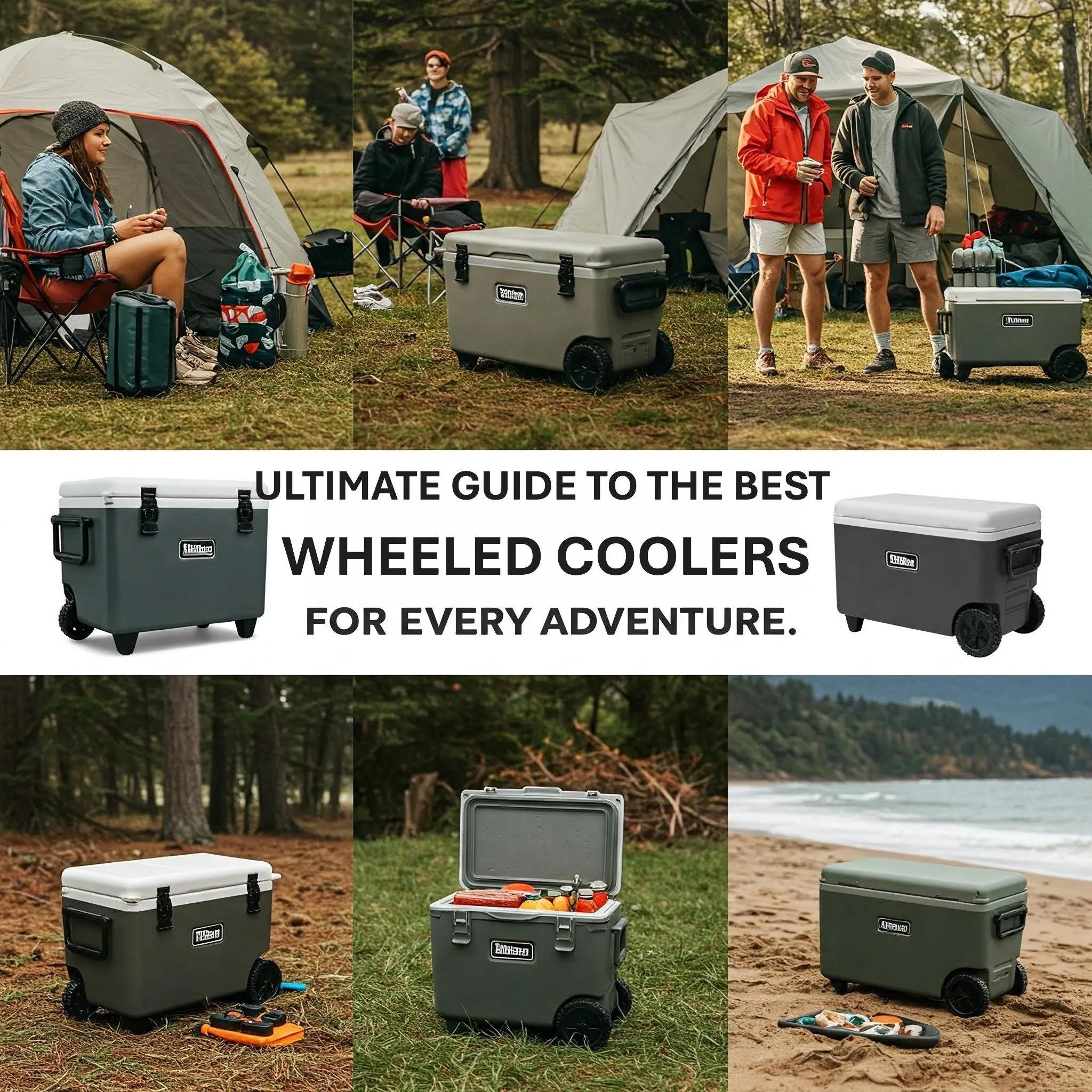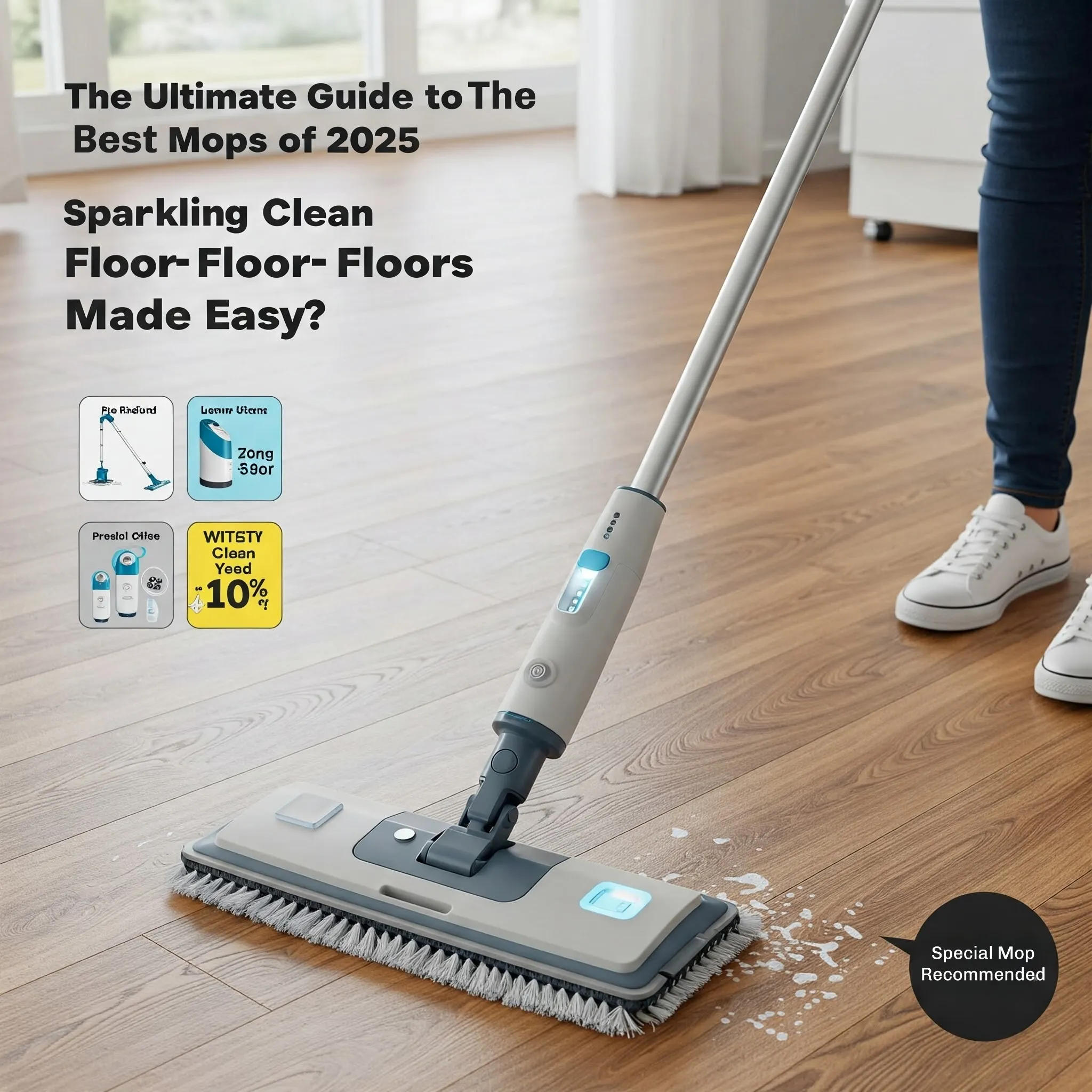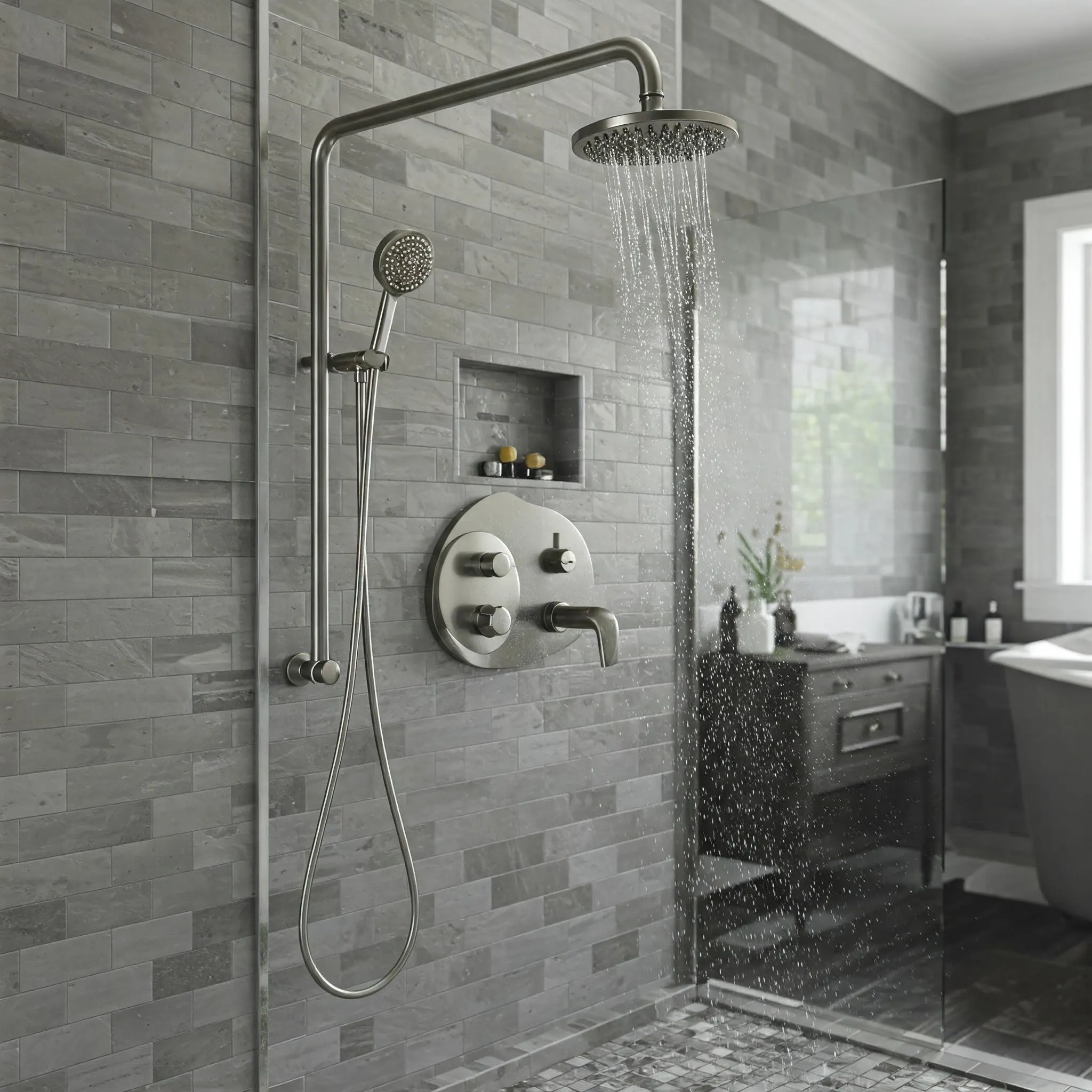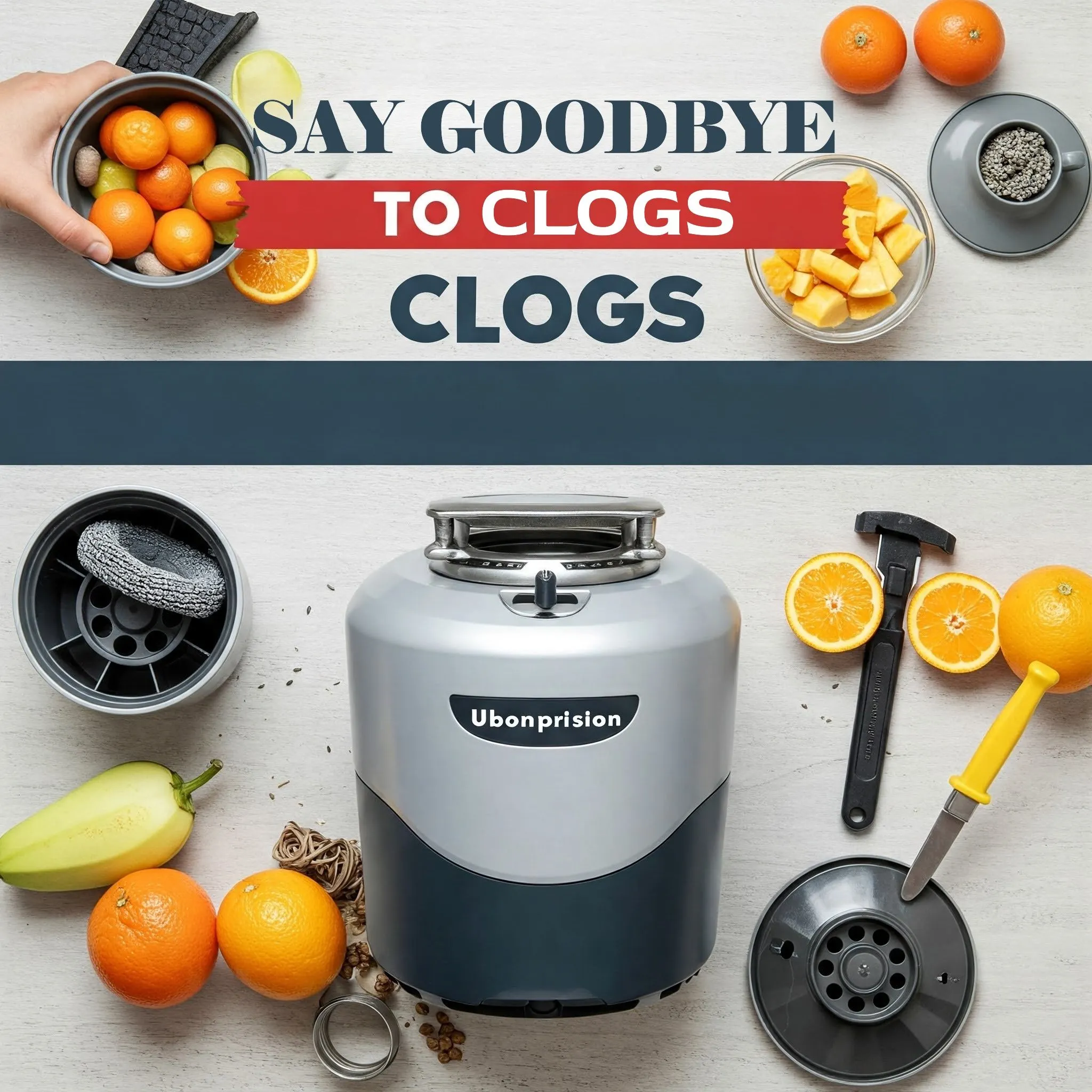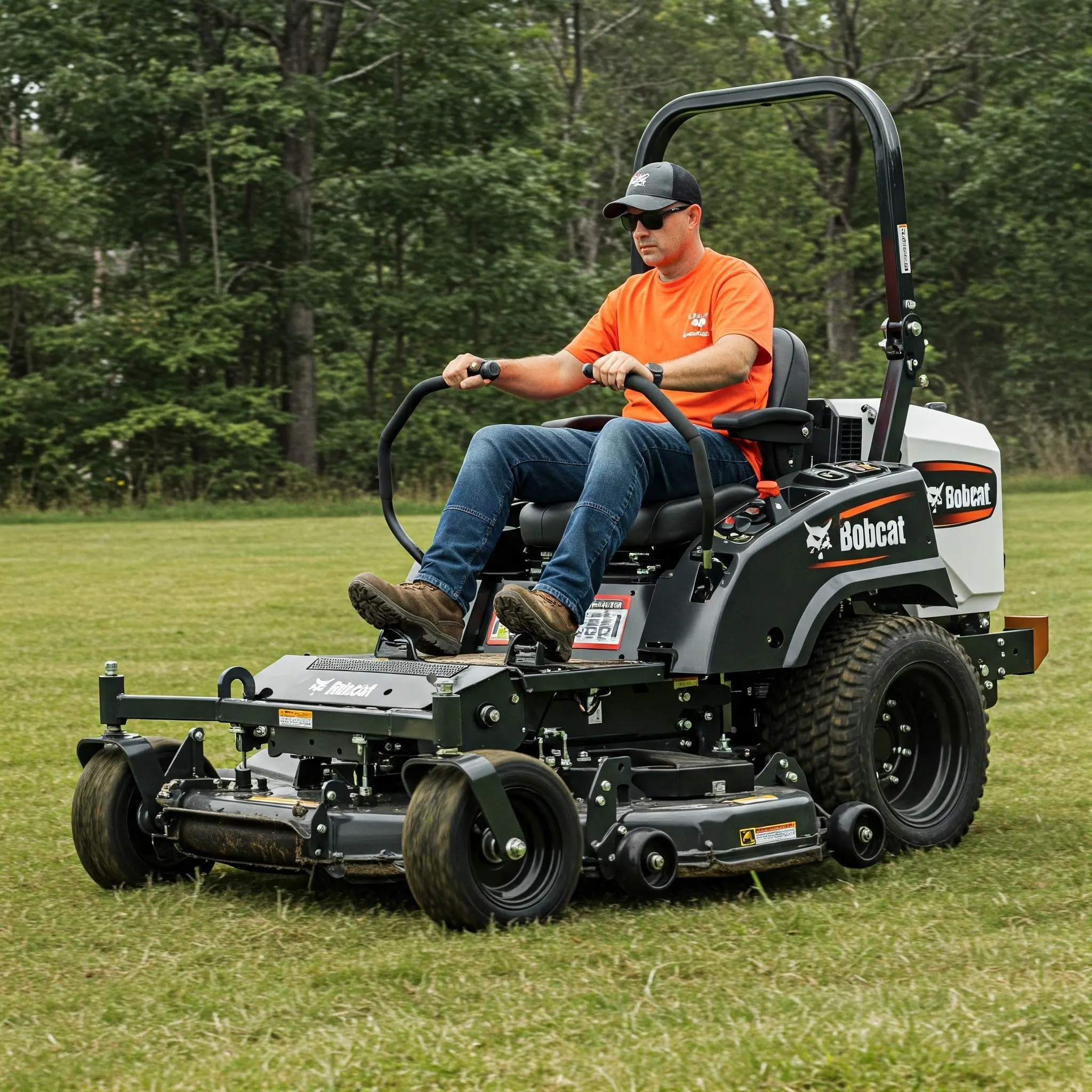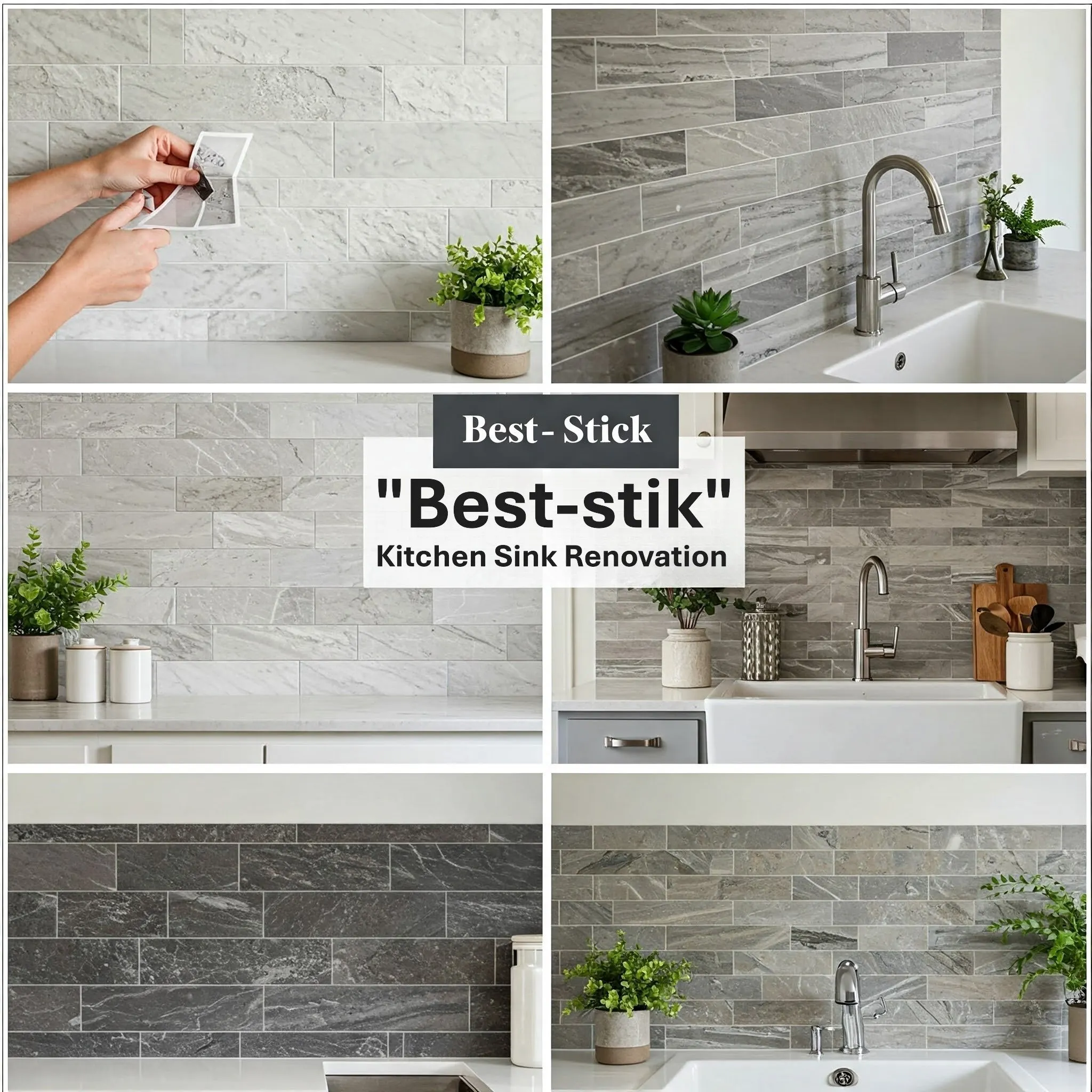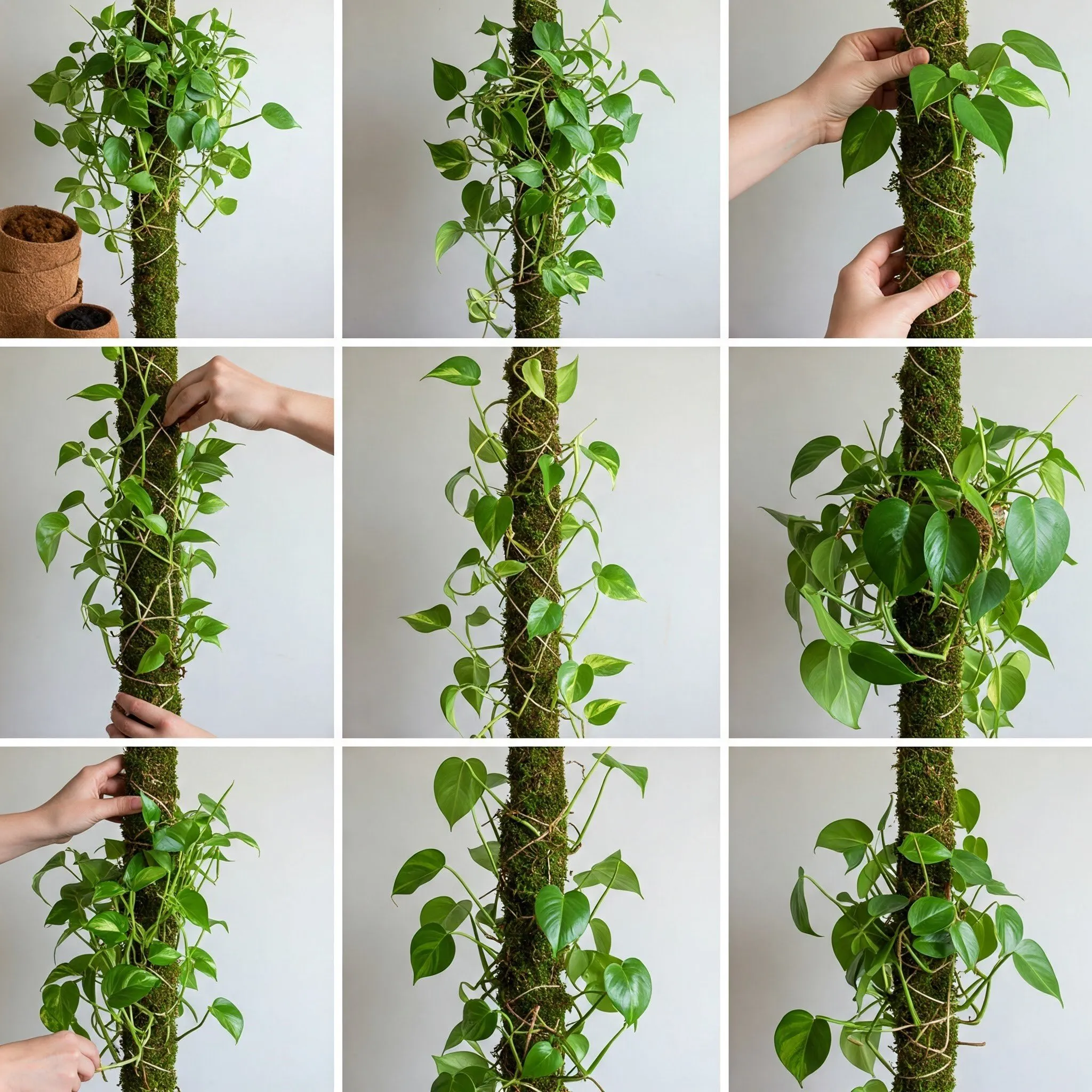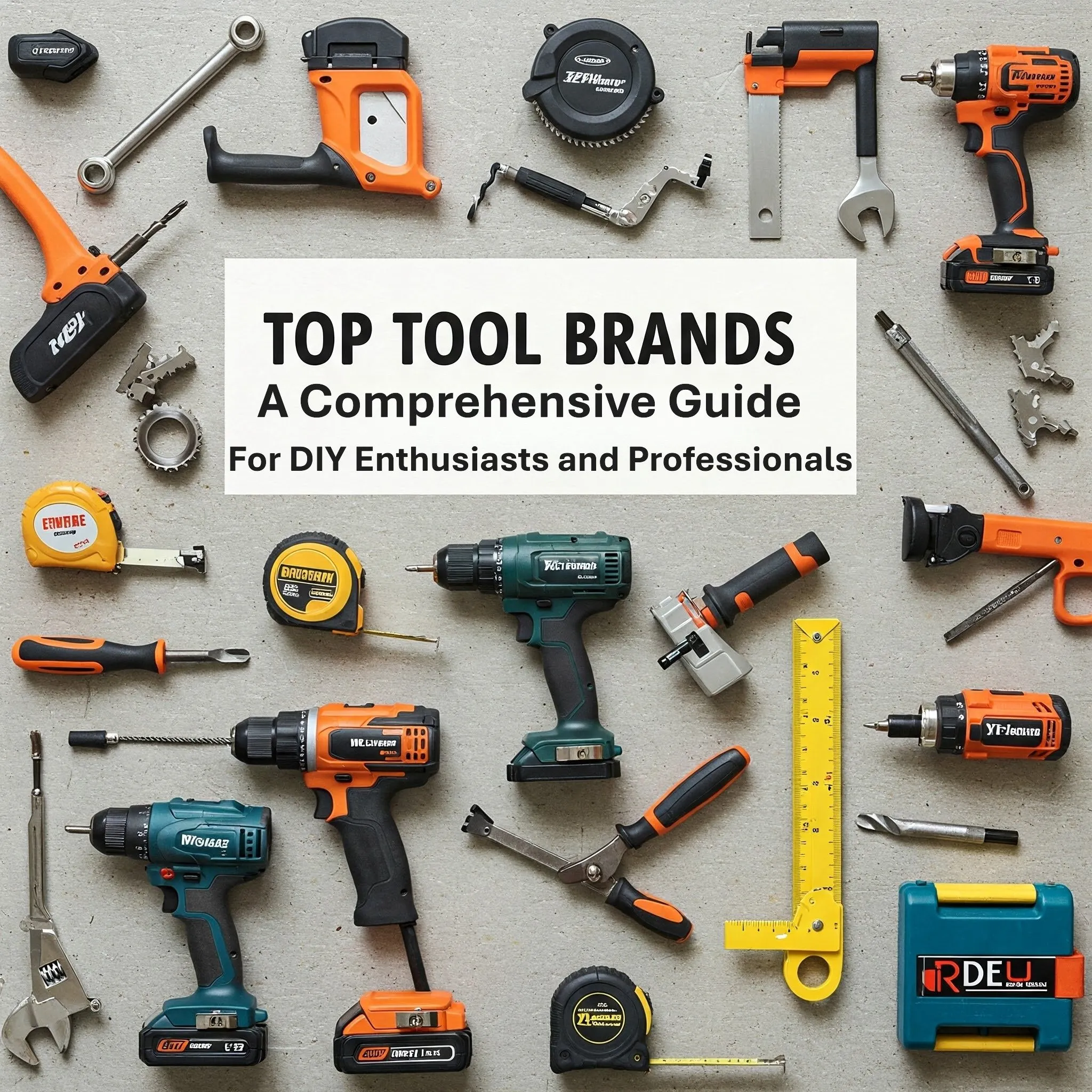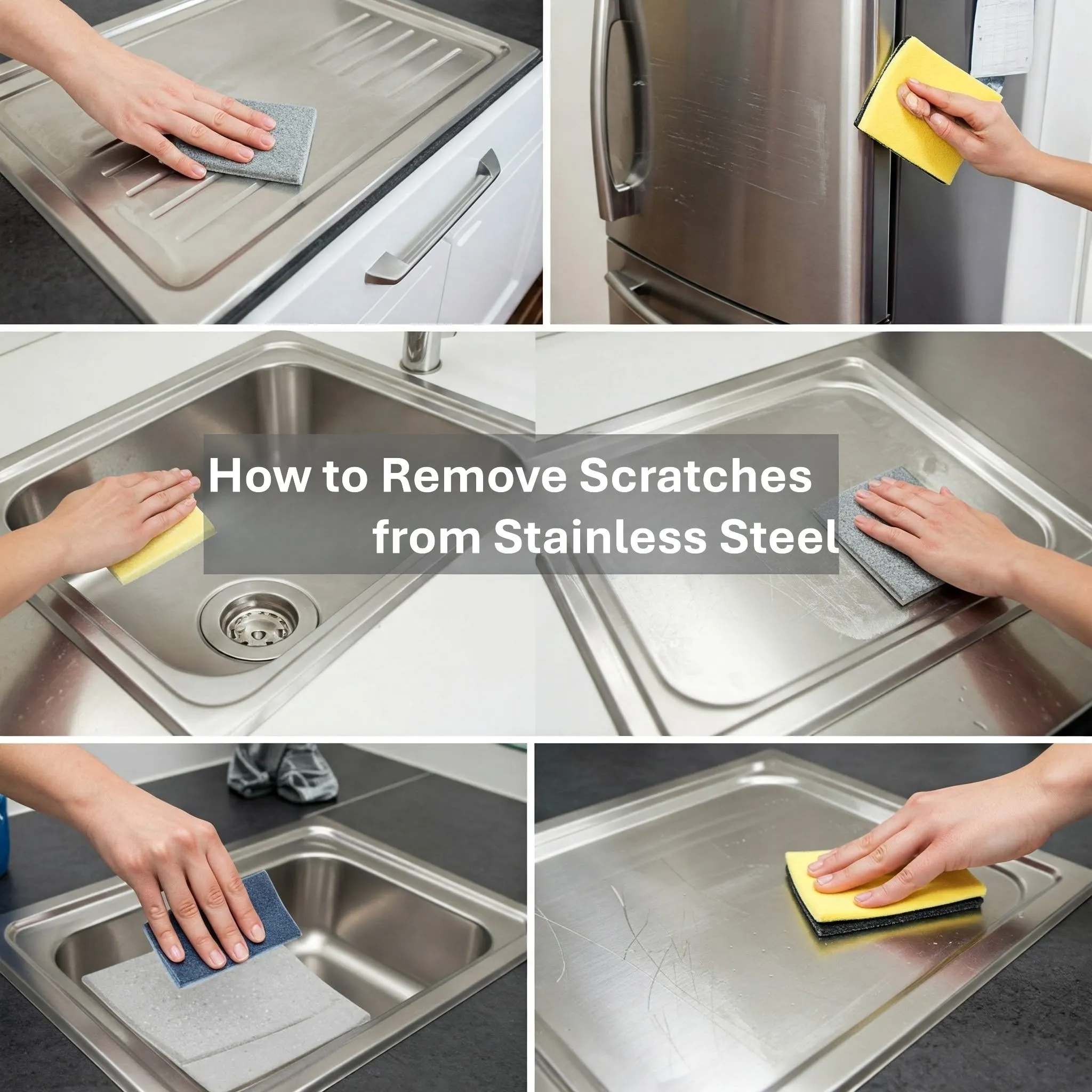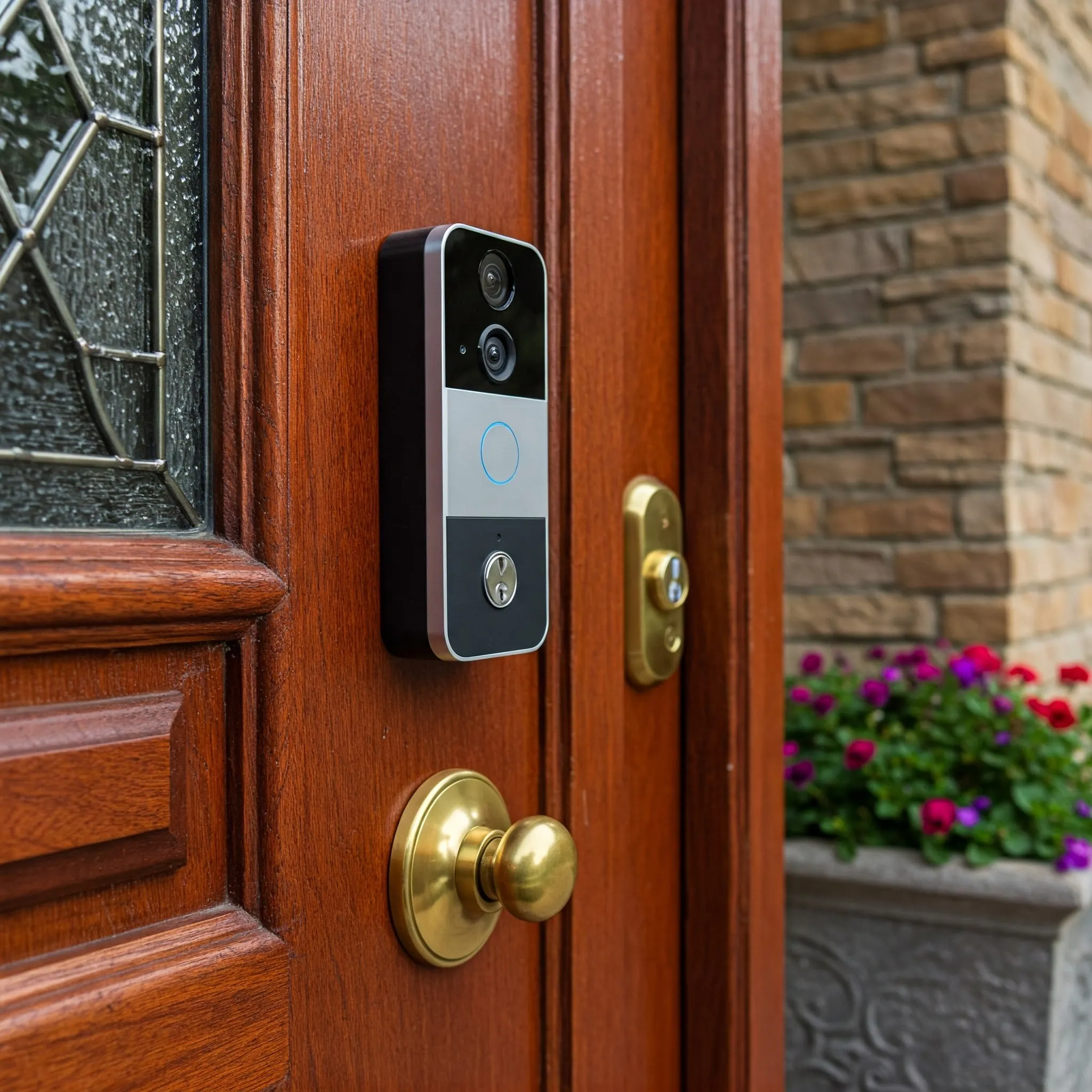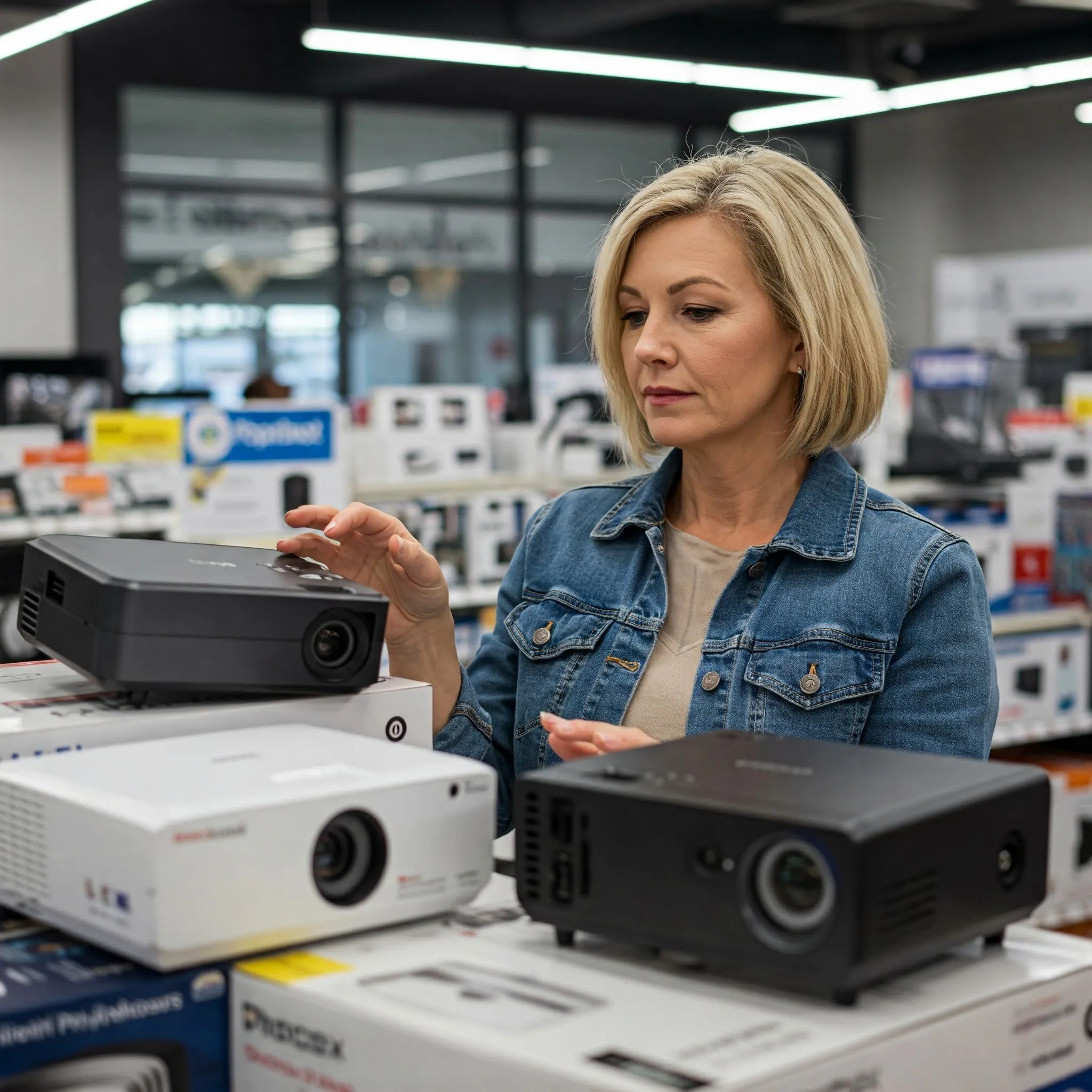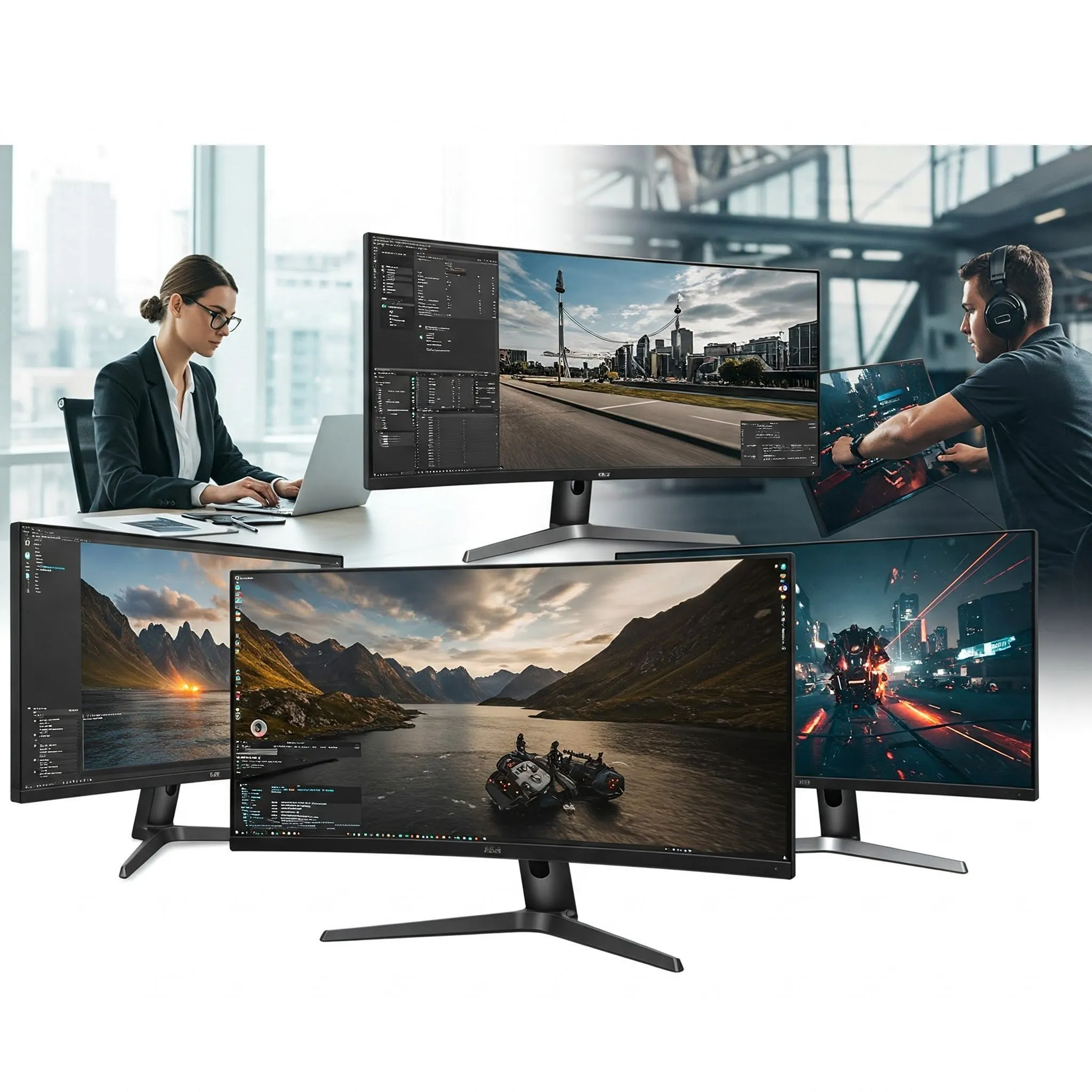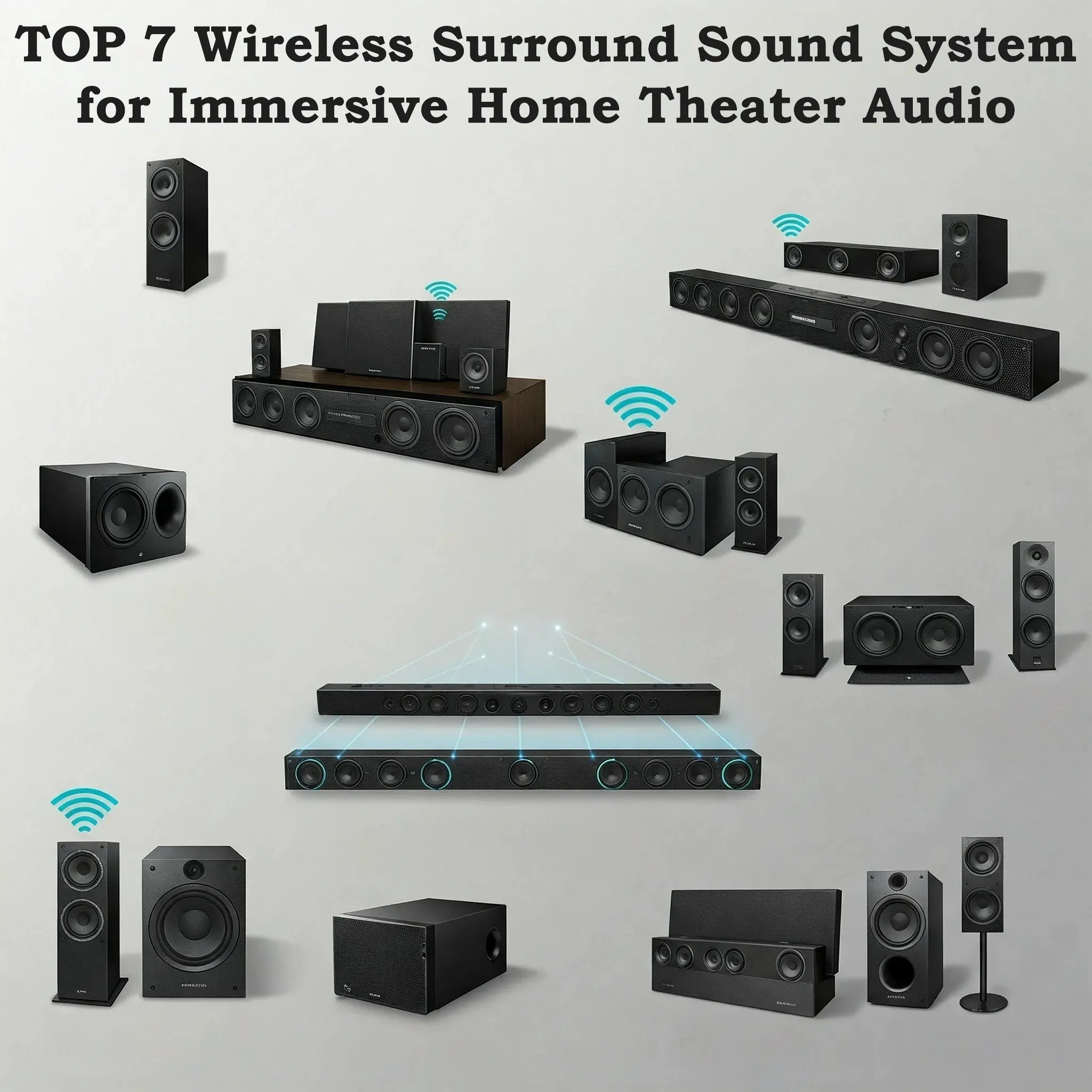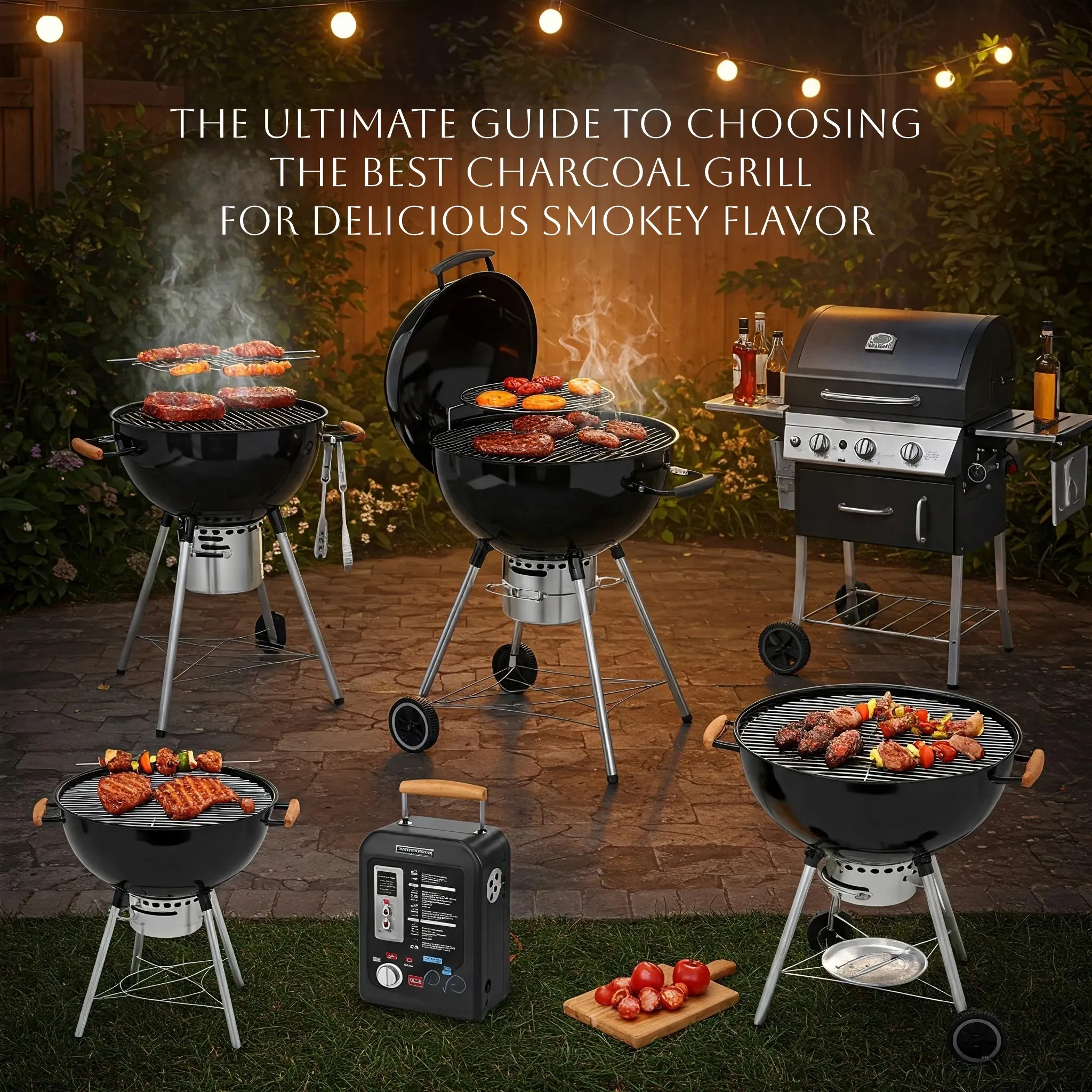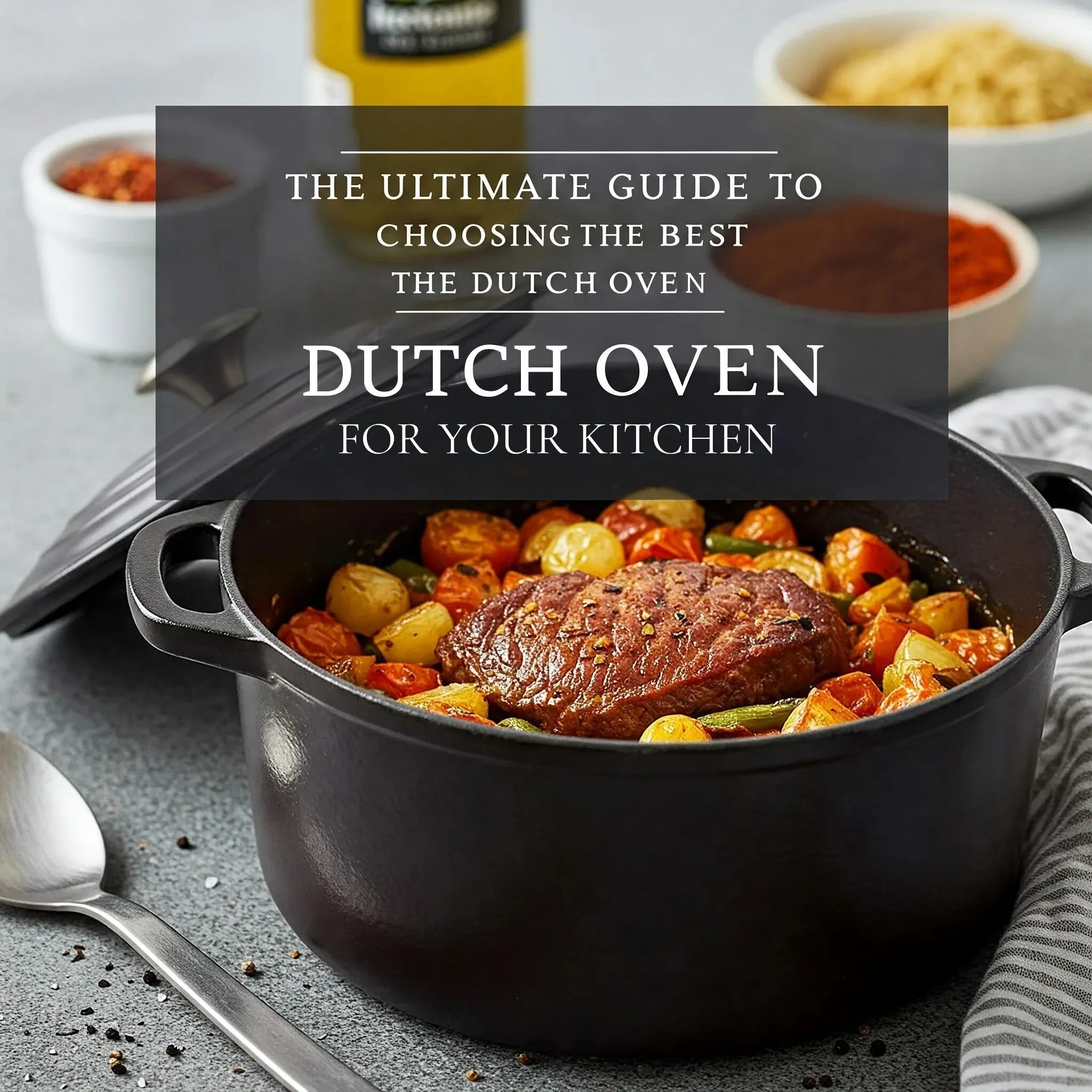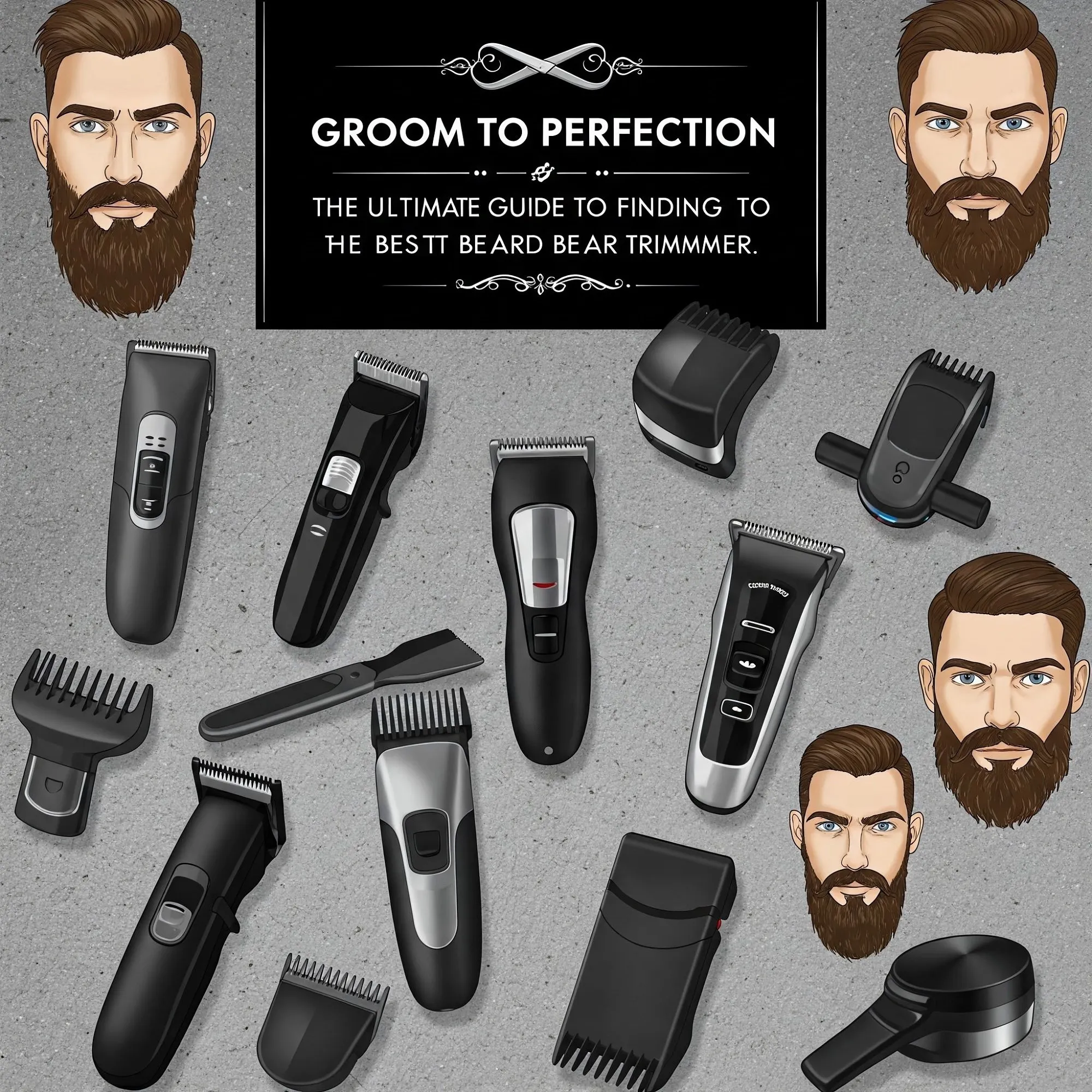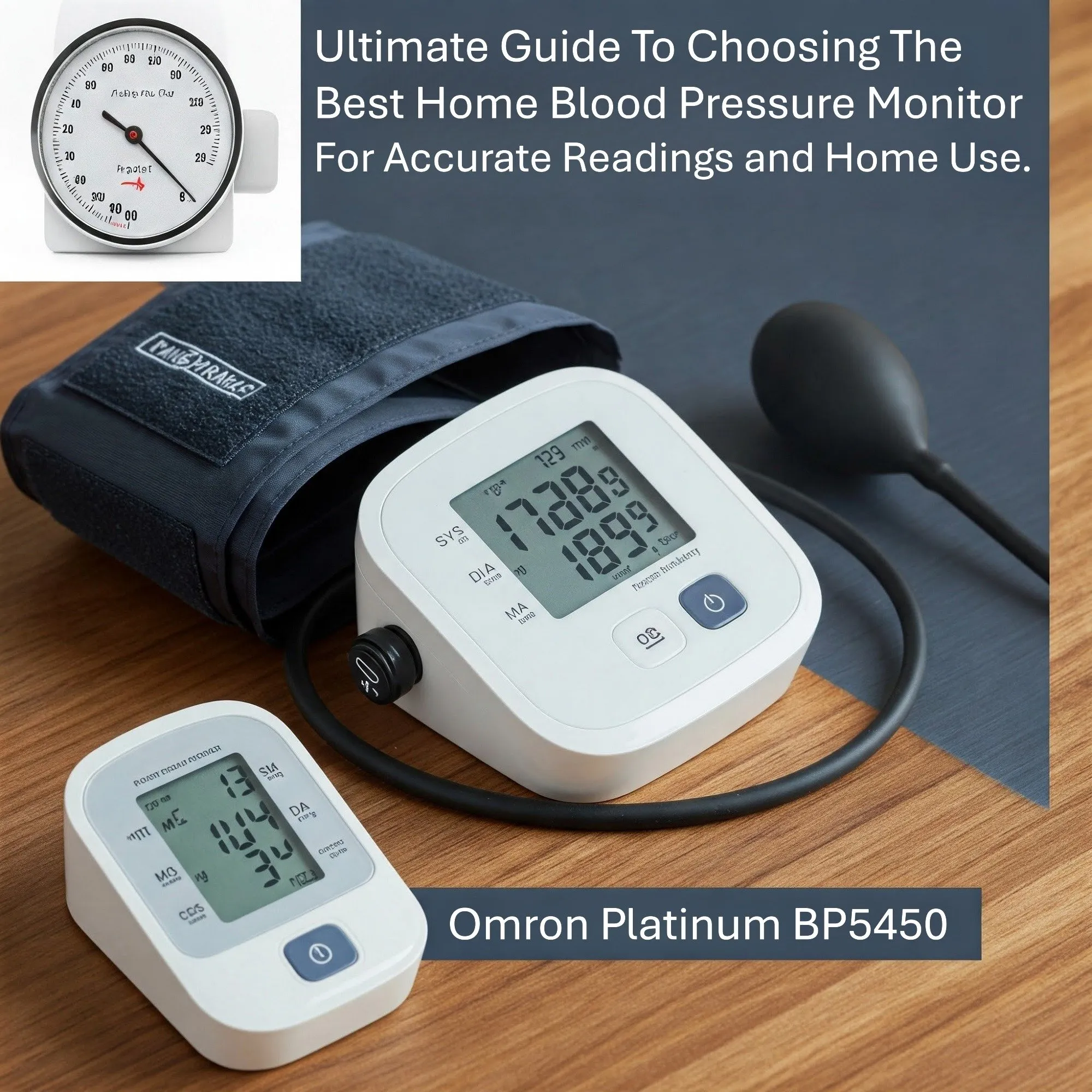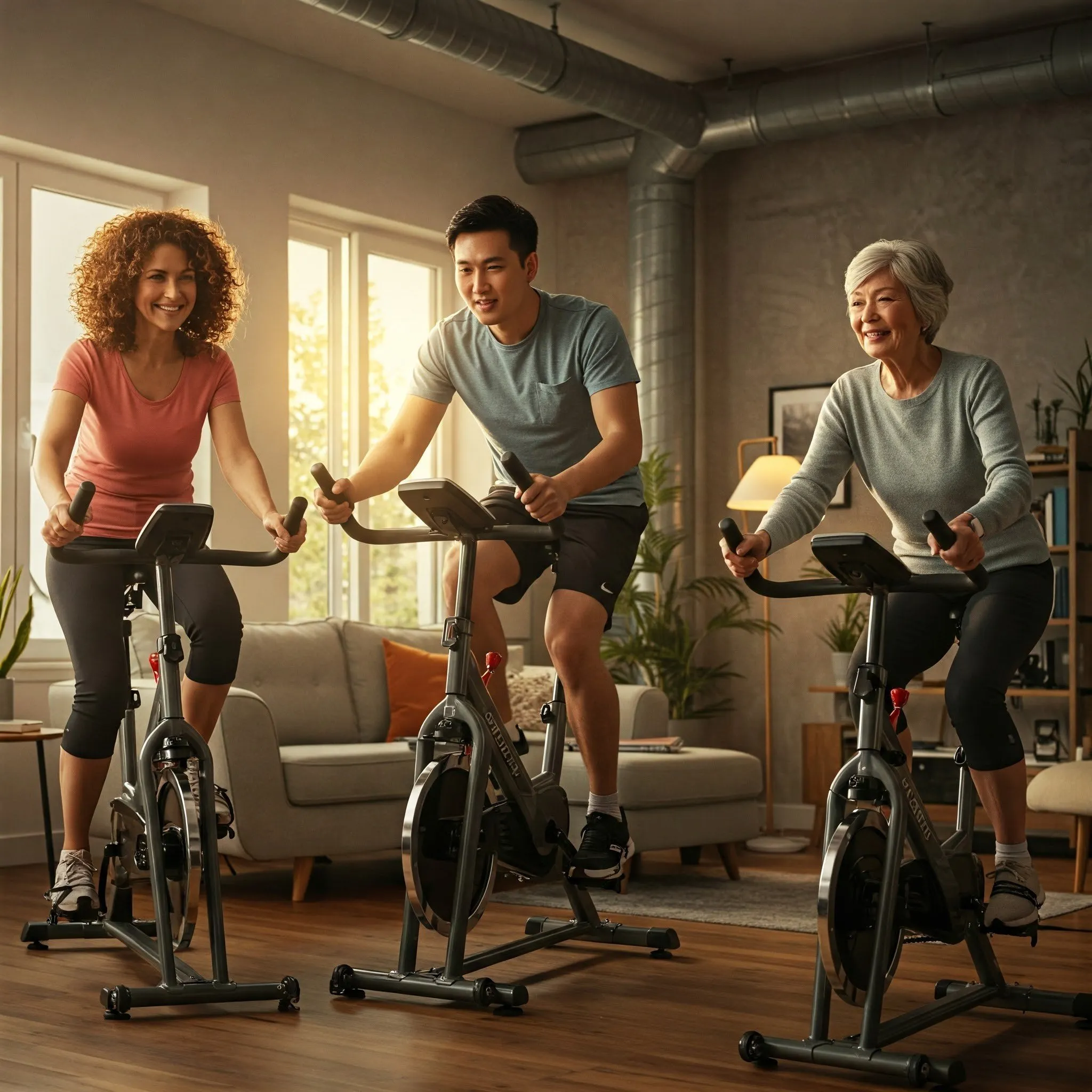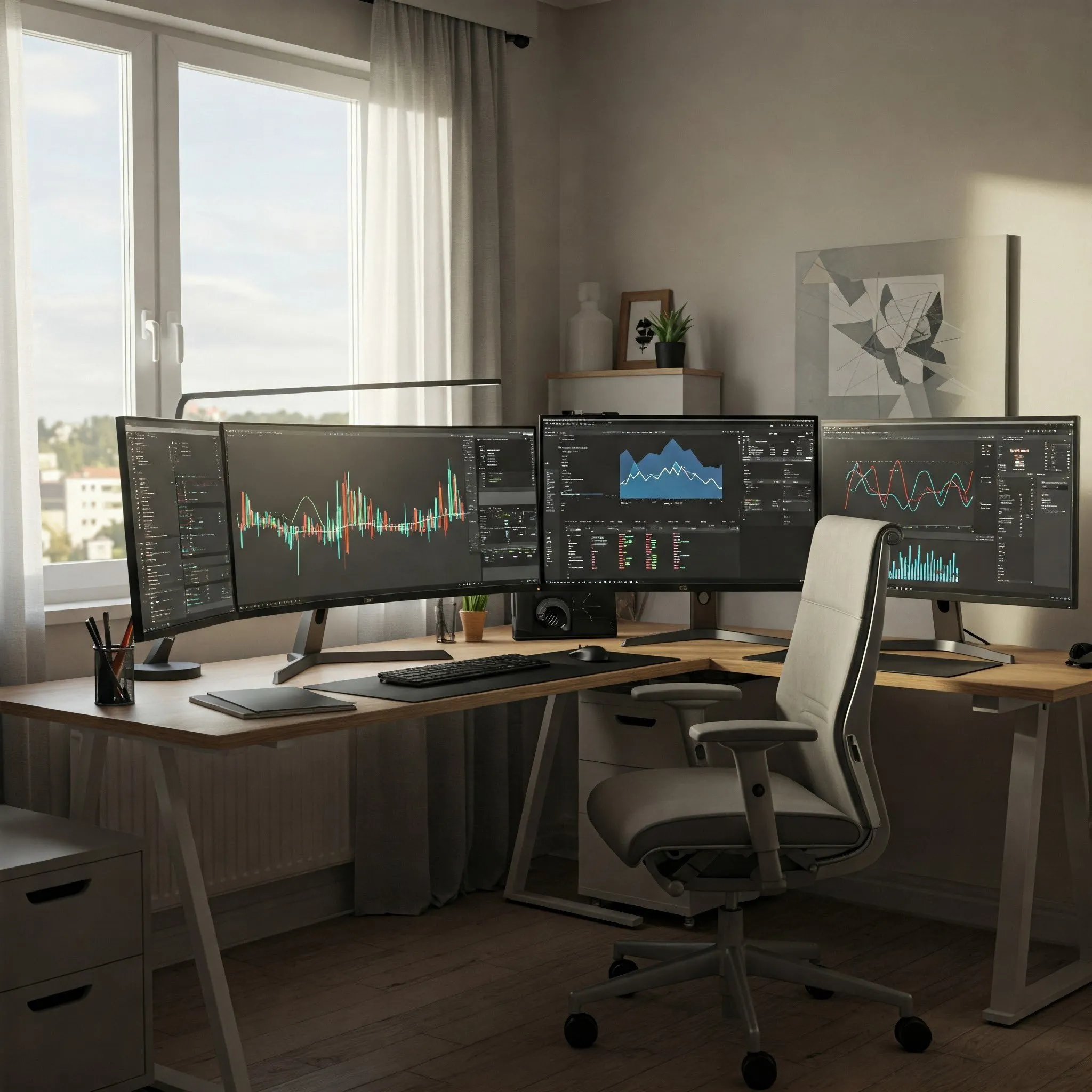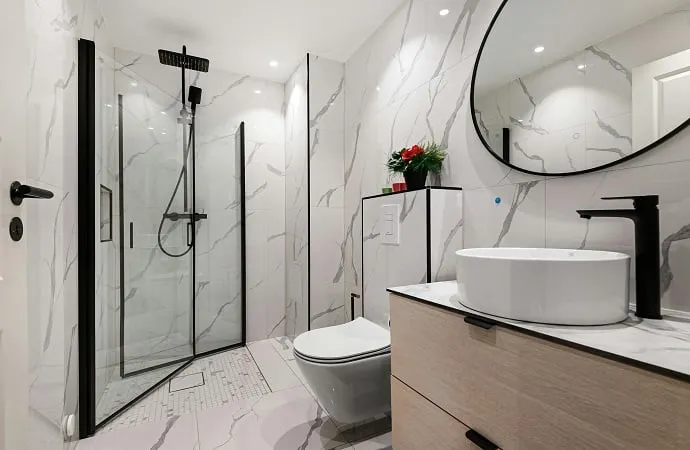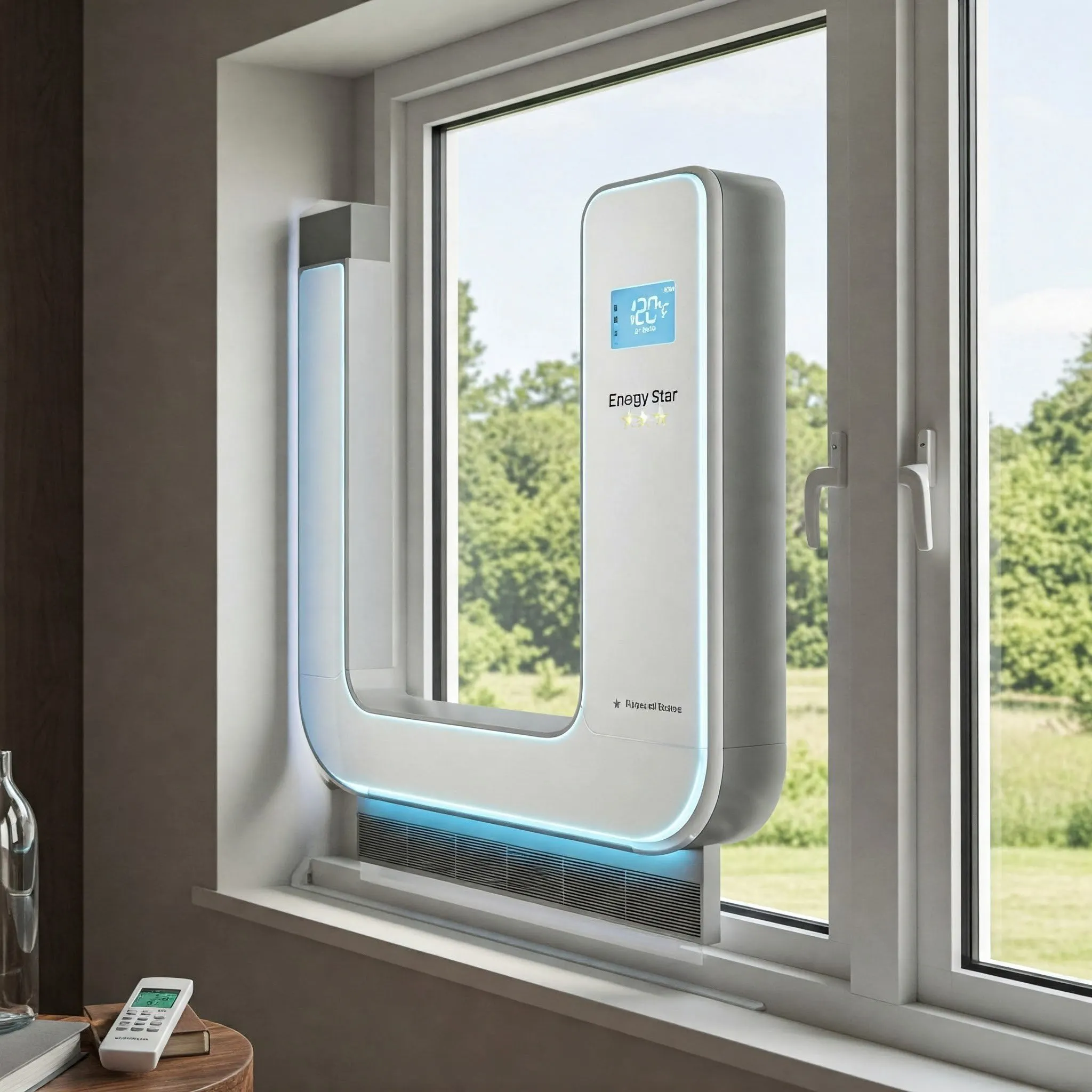The Ultimate Guide to Choosing the Best Home Espresso Machine for Café-Quality Brews
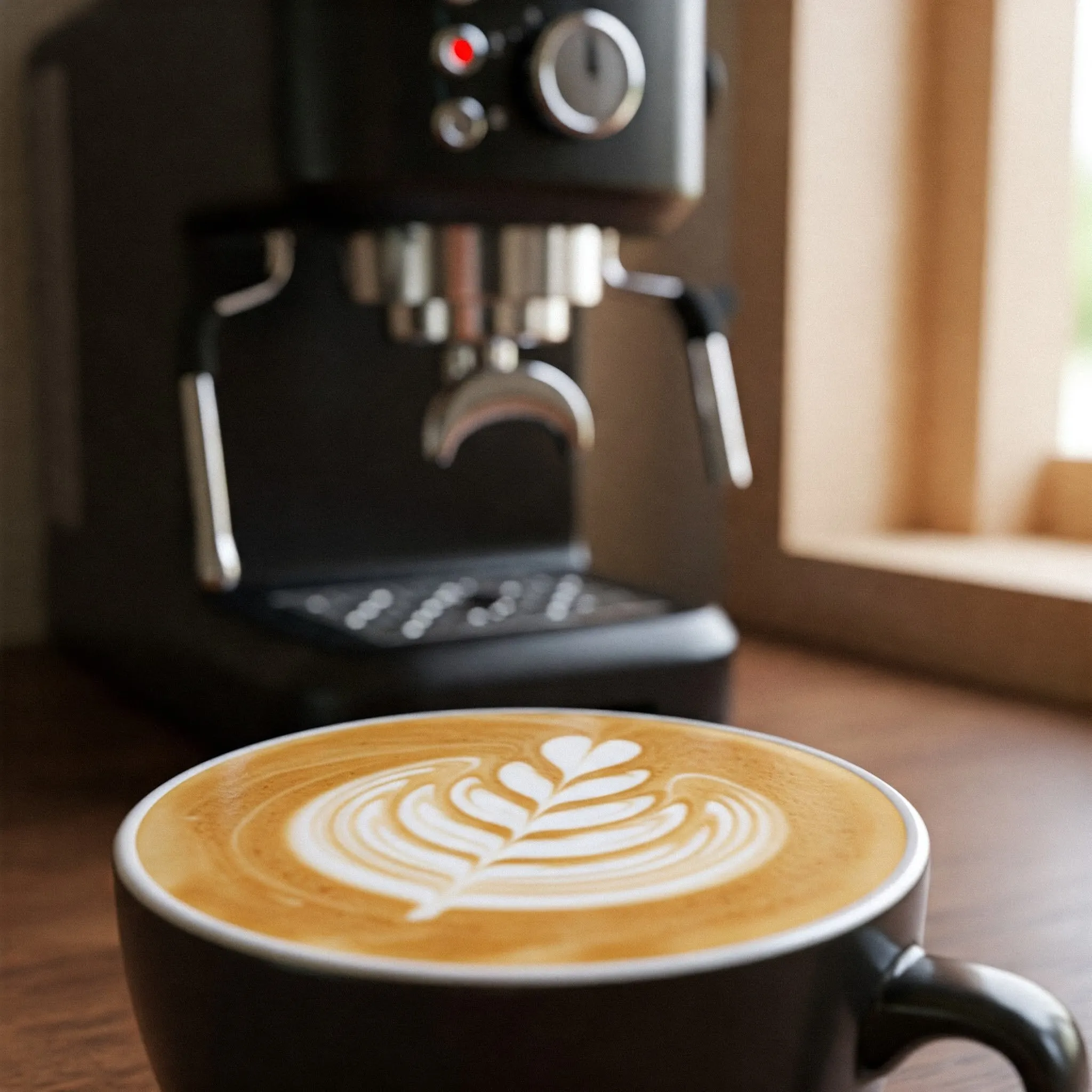
"Please be advised that we may receive compensation from the products featured on this page, and we participate in affiliate programs. Learn More ›"
Imagine waking up to the rich aroma of freshly brewed espresso, the kind that rivals your favorite upscale café, all without stepping out of your home. This dream has become a reality for many coffee enthusiasts, thanks to the latest generation of home espresso machines. No longer are these sophisticated devices exclusive to seasoned baristas or dedicated hobbyists. Today, even beginners can embark on the rewarding journey of crafting exquisite lattes, creamy cappuccinos, and intense cortados with just a little practice.
At ClixNest, we understand the allure of a perfect cup of coffee, and we've dedicated ourselves to finding the best tools to help you achieve that at home. We've rigorously tested numerous espresso machines, pushing them to their limits to identify the top contenders that deliver exceptional performance and ease of use. After countless shots pulled, milk steamed, and flavors analyzed, we've concluded that the Profitec Go stands out as the best overall home espresso machine for both newcomers and experienced enthusiasts alike. Its potent performance, intuitive design, and ability to consistently produce rich, flavorful espresso make it a true champion in its class.
====================================================================
Why You Can Trust Our Expertise
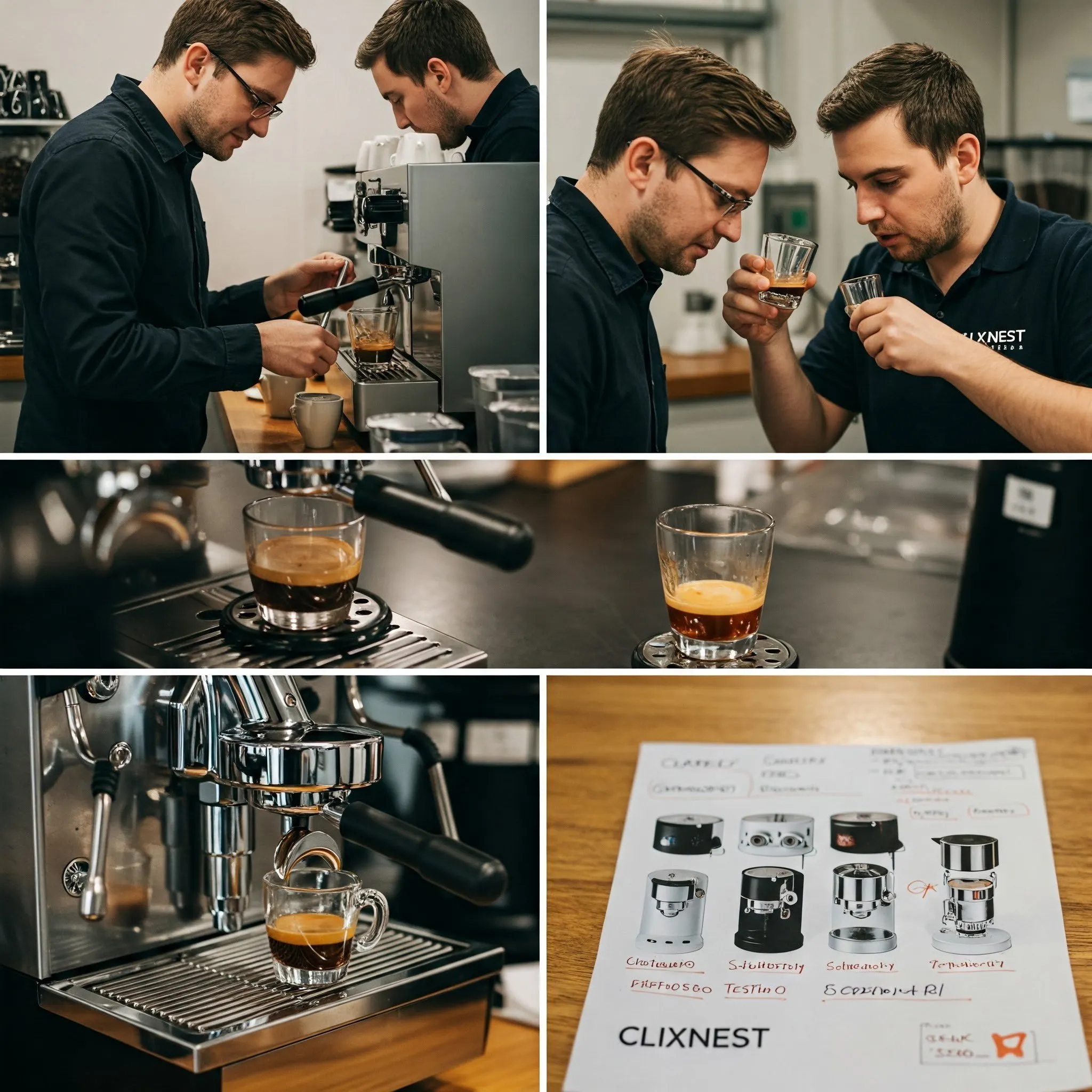
At ClixNest, our team is passionate about all things kitchen and coffee. Our dedicated staff has extensive experience testing a wide range of coffee-related gadgets, from versatile Nespresso machines to specialized milk frothers. We've spent countless hours tasting and evaluating espressos and lattes produced by various coffee machines, giving us a deep understanding of the quality and nuances you should expect from each.
Furthermore, our team includes individuals with professional barista experience. One of our staff members, who contributed to previous versions of this guide, boasts 15 years of hands-on experience as a lead barista in bustling coffee shops across Saint Louis and Chicago. This background provides us with invaluable insights into the art and science of espresso making, ensuring that our recommendations are grounded in real-world expertise and a genuine appreciation for exceptional coffee. We don't just test machines; we live and breathe coffee culture.
====================================================================
Is a Home Espresso Machine Right for You?
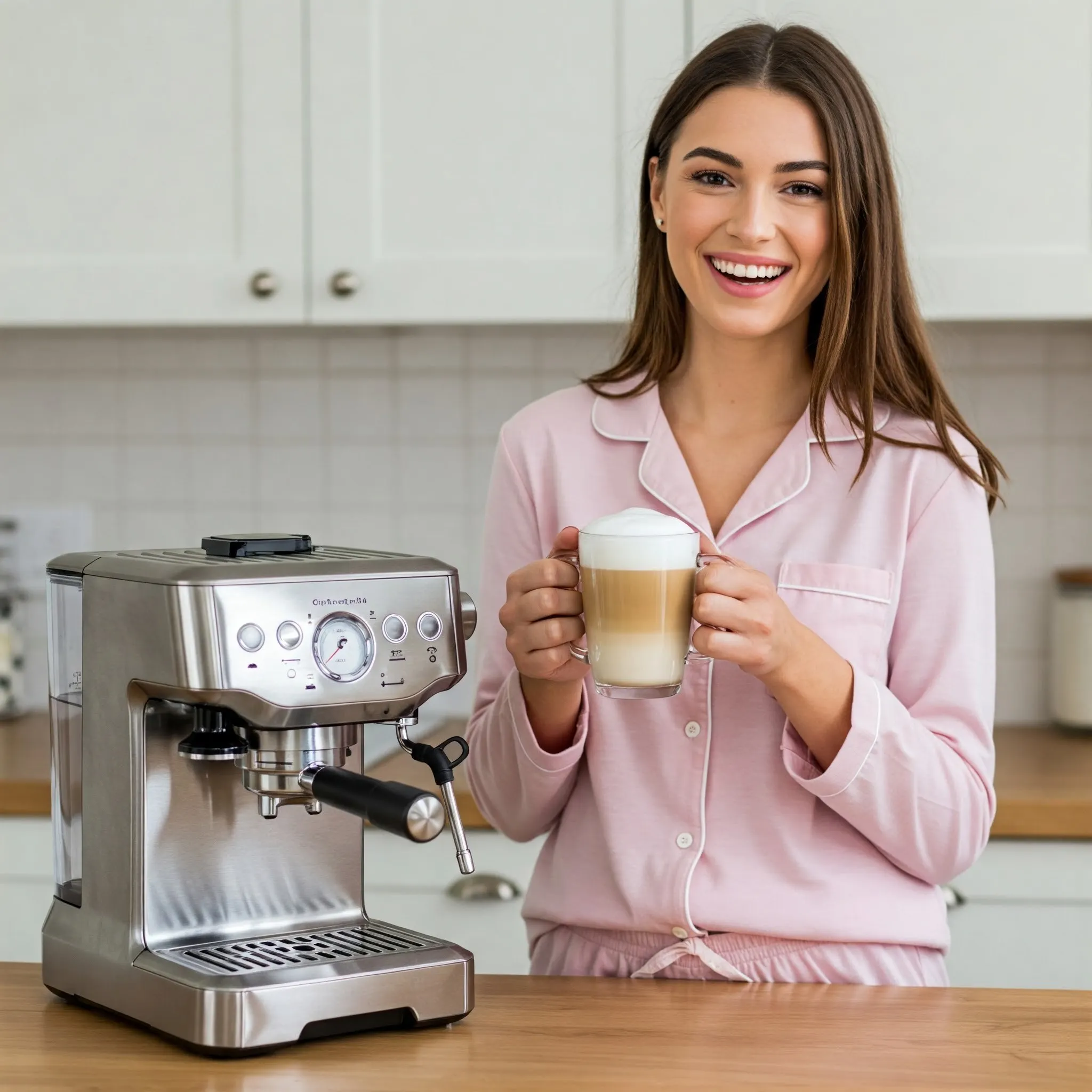
Investing in a home espresso machine is a significant decision, even for the most devoted coffee lover. However, it's an investment that quickly proves its worth for those who truly appreciate the distinct character and intensity of authentic espresso. If you find yourself regularly craving the real deal – not just strong coffee, but genuine espresso with its signature crema – then a home espresso machine is undoubtedly your best bet.
Beyond the unparalleled taste, an espresso machine offers a remarkably quick route to your morning caffeine fix. Most of our top picks heat up in about the same time it takes to boil water in a kettle. While the process of dosing and tamping requires a touch of practice, the entire ritual, from grinding your beans to savoring a hot, crema-topped espresso, takes only a minute or two.
We've prioritized machines that can consistently deliver delectable espresso shots without requiring extensive technical expertise. We believe that most beginners will find our recommended machines approachable and easy to navigate, while serious espresso aficionados will still appreciate their capabilities and the quality of the espresso they produce.
If you're someone who enjoys café-style beverages like velvety lattes, frothy cappuccinos, or balanced cortados, an espresso machine equipped with a capable steam wand opens up a world of possibilities in your own kitchen. Over time, you'll gain the skills to tailor these drinks precisely to your liking, experimenting with different bean blends, fine-tuning brewing parameters to extract specific flavor notes, and mastering the art of steaming milk to achieve your desired texture.
However, if the thought of manual adjustments and learning the intricacies of espresso making feels overwhelming, our upgrade pick is specifically designed to guide you through every step of the process, delivering outstanding drinks with the simple press of a button.
====================================================================
Our Rigorous Selection Process

The landscape of home espresso machines is vast, ranging from budget-friendly, almost toy-like models to professional-grade behemoths that can cost thousands of dollars. Since 2020, we've diligently tested machines spanning a price range of $250 to $2,200. Our goal was to pinpoint the sweet spot: machines that offer exceptional value in terms of build quality, features, and, most importantly, the ability to produce consistently great-tasting coffee, all while being enjoyable for both novice and experienced users.
At its core, an espresso machine functions by forcing hot water under pressure through finely ground coffee beans. The quality of the machine lies in its ability to heat the water to the precise temperature (typically between 195 and 205 degrees Fahrenheit) and apply consistent pressure, ensuring an even extraction that results in a well-balanced and flavorful shot. The truly exceptional machines go a step further, streamlining the various steps involved in the process and often incorporating luxurious features that enhance the overall experience.
To narrow down the field and identify our top picks, we established the following key criteria:
- Semi-Automatic Operation: We focused exclusively on semi-automatic machines. These machines utilize a pump to generate the necessary pressure for pulling a shot, offering a balance of consistency in pressure and temperature while still allowing users to fine-tune their grind size, coffee-to-water ratio, and milk frothing technique – a level of control preferred by most skilled baristas. We deliberately excluded manual espresso machines, which require users to generate pressure manually, often leading to inconsistent extractions. Similarly, super-automatic machines, while offering ultimate convenience by automating everything from grinding to milk frothing, tend to limit experimentation and often come with a hefty price tag.
- Single-Boiler Efficiency: Our selection primarily considered single-boiler models. These machines use a single boiler to heat water for both espresso extraction and steam wand operation. While traditionally this meant a slight delay between pulling a shot and steaming milk, modern advancements have significantly reduced this wait time in most of our recommended models. Dual-boiler machines, which allow for simultaneous brewing and steaming, are generally more expensive and often unnecessary for most home baristas who don't typically need to multitask in the same way a busy café does.
- Fast and Consistent Water Heater: A rapid heating system contributes significantly to the enjoyment of the daily espresso ritual. Some machines feature PID (proportional integral derivative) controllers, which precisely regulate the boiler temperature, ensuring consistent shot quality. The Breville models we recommend also boast their proprietary ThermoJet heaters, enabling remarkably quick heat-up times and seamless transitions between brewing and steaming, often completing a drink preparation in just over a minute.
- Powerful Pump and Steam Wand: A robust pump is crucial for properly extracting espresso from a well-tamped dose of finely ground coffee. Similarly, a powerful steam wand is essential for creating velvety milk foam with a smooth, microfoam texture, free from large, undesirable bubbles.
- Solid Tamper Quality: Tamping is a fundamental step in the espresso-making process. Even distribution and proper compaction of the coffee grounds are vital for optimal extraction. Water will always take the path of least resistance, so any inconsistencies in the coffee puck can lead to "channeling," resulting in an unbalanced flavor profile. A good tamper should fit the filter basket perfectly, have a comfortable and easy-to-level handle, and feature a heavy base for applying even pressure.
- Beginner-Friendly Milk Frothing: Machines offering effective automatic milk frothing can be a great asset for beginners who are still learning the art of steaming milk, or for anyone who prefers a hands-off approach in the morning. However, achieving the nuanced texture of truly exceptional microfoam is often best accomplished manually. While our Breville picks offer excellent automatic frothing programs, we didn't consider the absence of this feature a drawback in our other recommendations.
- Manual and Programmable Brewing Options: While many machines come with pre-programmed settings, we've found that manual control over the start and stop of the extraction, combined with adjustments to grind size, dose, and tamping, often yields the best-tasting espresso. However, once you've perfected your preferred espresso recipe, the ability to save your shot volume and/or timing can streamline your routine and ensure consistency.
====================================================================
How We Put These Machines to the Test
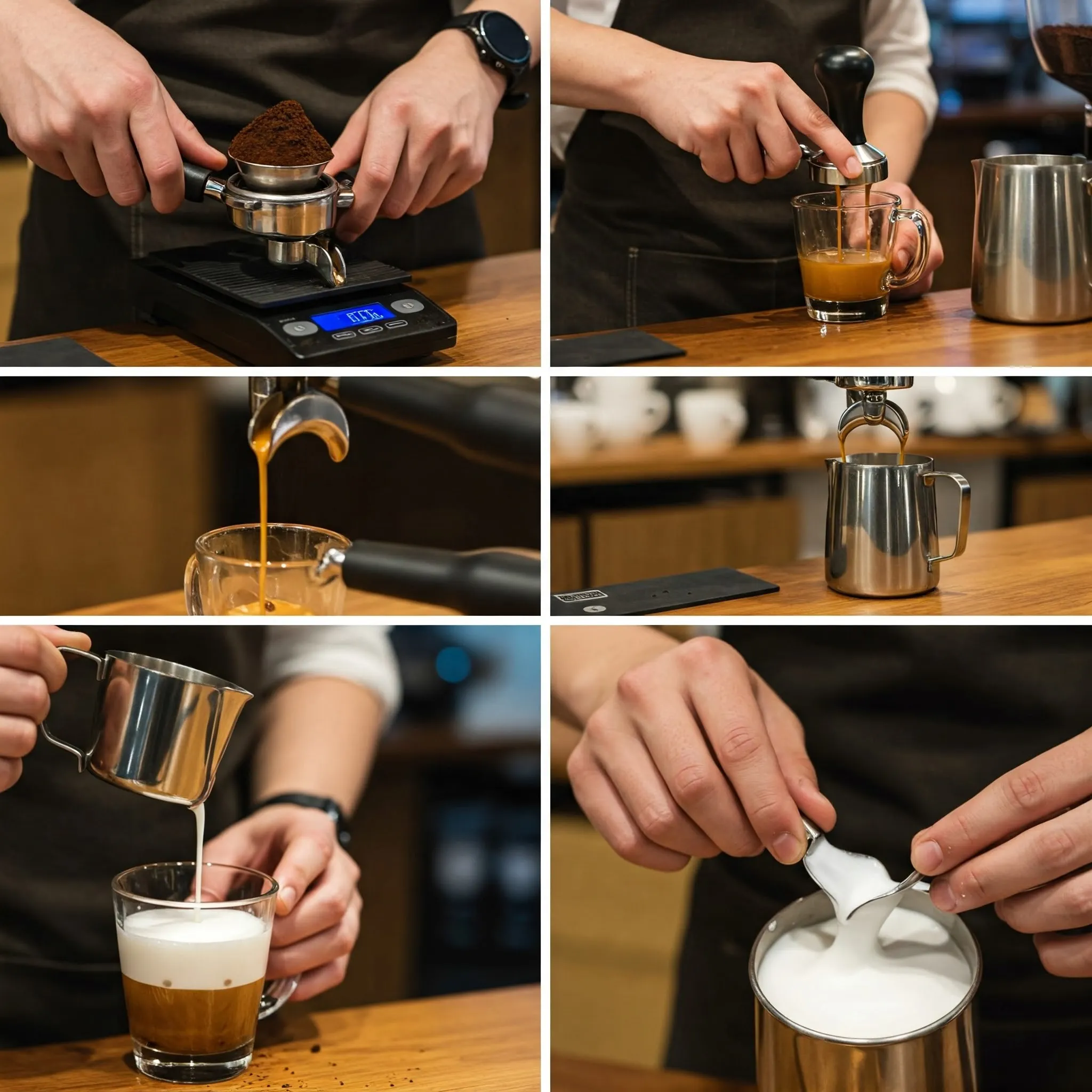
In our most recent round of testing, we embarked on a comprehensive evaluation process. We pulled and meticulously tasted dozens of espresso shots using the Baratza Sette 270 blend, carefully dialing in each machine to achieve optimal extraction. To further assess consistency, we then pulled shots using the same blend but pre-ground with a commercial-grade grinder, ensuring that each machine was working with an identical coffee puck.
For the Breville machines equipped with built-in grinders, we put these to the test as well. We used a coffee sifter to compare the consistency and particle size of the grounds produced by these integrated grinders against those from our benchmark Baratza Sette 270.
We meticulously timed how long each machine took to heat up from a cold start, and we also measured the transition time between espresso extraction and milk steaming. We experimented with both manual and automatic milk frothing settings, using whole milk as well as oat and almond milk to evaluate the non-dairy frothing capabilities of the Breville machines. Our focus was on identifying machines that could produce silky, smooth froth with minimal visible bubbles.
The auditory experience also played a role in our evaluation. We observed that steam wands that produced a smooth, consistent sound, rather than an unpleasant sputtering, generally indicated greater power, faster frothing times, and the ability to create superior microfoam.
Beyond the objective measurements, we also focused on the subjective experience of using each machine. We pulled numerous shots to fine-tune our understanding of each machine's capabilities and overall feel. Finally, to truly appreciate the milk-based drink potential, we steamed whole milk with each machine and even practiced our latte art skills, finishing each drink with beautiful lotus patterns.
====================================================================
Top Pick: Profitec Go - The All-Around Champion
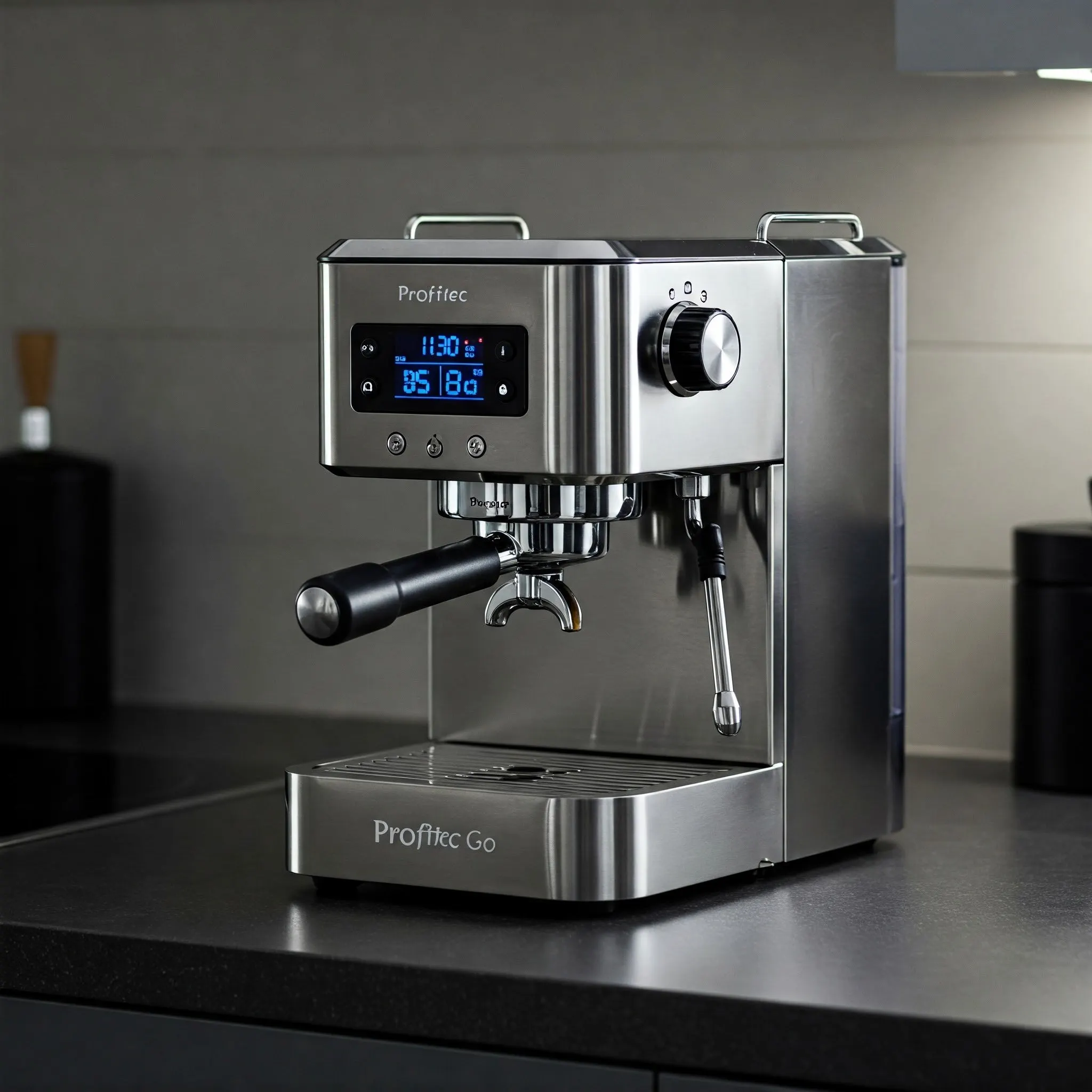
The Profitec Go is a remarkable single-boiler espresso machine that delivers performance far exceeding its price point. It consistently produces balanced and nuanced espresso shots, and its intuitive design makes it easy to learn and use. This is a robust and well-built machine that will undoubtedly impress both beginners just starting their espresso journey and seasoned espresso aficionados seeking consistent quality and usability. While it's not the cheapest option on the market, we firmly believe that the Profitec Go offers exceptional value for its cost.
Built to Last: Weighing in at approximately 30 pounds, the Profitec Go is a substantial and sturdy machine. It sits firmly on your countertop without any wobbling and requires a deliberate effort to move. Unlike some lighter machines, there's no need to hold it steady with one hand while locking the portafilter into the group head – it stays put. The portafilter itself has a comfortable weight and a professional feel.
Complex and Flavorful Shots: The espresso shots we extracted with the Profitec Go exhibited a full spectrum of flavors, with a pleasant balance of acidity and depth. Our test shots highlighted the warm chocolate and nutty notes of the coffee beans we used, demonstrating the machine's ability to showcase the inherent characteristics of different blends. Of all the machines we tested, the Profitec Go offers the most control over the variables involved in pulling a shot. It responds beautifully to subtle adjustments in grind size and dose, and it allows you to precisely set the brewing temperature (in either Fahrenheit or Celsius) to bring out the desired flavor profile in your coffee. Like our Breville recommendations, the Profitec Go also features PID temperature control, which ensures consistent shot quality from one brew to the next. Additionally, this machine allows you to adjust the brewing pressure, giving experienced hobbyists the opportunity to truly experiment with every parameter. However, we believe that most users won't need to delve into adjusting the pressure settings.
Quick to Heat Up: While the Profitec Go doesn't incorporate the ultra-fast ThermoJet technology found in our Breville picks, its heat-up time is still impressively quick. We were able to pull a shot in as little as five minutes after turning the machine on (and even a couple of minutes faster in a warmer environment). By the time you've ground your beans, prepared your coffee puck, and filled your milk pitcher, the machine will have reached its optimal brewing temperature. The machine remains ready to brew until you manually turn it off, but it also features an Eco mode that allows you to set a timer to automatically shut it down after a specified period. The transition from pulling a shot to steaming milk is also remarkably swift, taking only about 30 seconds, so you won't be kept waiting for your latte or cappuccino.
Integrated Shot Timer: A small but incredibly useful feature of the Profitec Go is its integrated LED screen, which automatically starts counting the seconds as soon as you press the button to begin your espresso extraction. This seemingly minor addition eliminates the need to fumble with your phone's stopwatch, making it significantly easier to accurately time and stop your shot for optimal flavor.
Minor Drawbacks (Not Dealbreakers):
- Steam Wand Power: The steam wand on the Profitec Go isn't as powerful as those found on some other machines we tested. This can make it slightly more challenging to get the milk swirling in a vortex to properly incorporate air. However, the steam wand is highly maneuverable, allowing you to easily adjust its angle for comfortable use. While it might require a little practice, achieving silky microfoam is definitely attainable.
- Tamper Base Thinness: The handle of the included tamper is comfortable and allows for a proper grip, but the base is a bit thinner than we would ideally prefer. This can make it slightly trickier to ensure the tamper remains perfectly level as you apply pressure. However, with a little familiarization, this becomes less of an issue.
- No Included Steam Pitcher: Unlike the Breville machines, the Profitec Go doesn't come with a steam pitcher. You'll need to purchase one separately, and we recommend a 12-ounce pitcher to minimize milk waste. Fortunately, there are many affordable generic options available, and we suggest a simple, straightforward design.
====================================================================
Runner-Up: Breville Barista Touch - Convenience Meets Customization
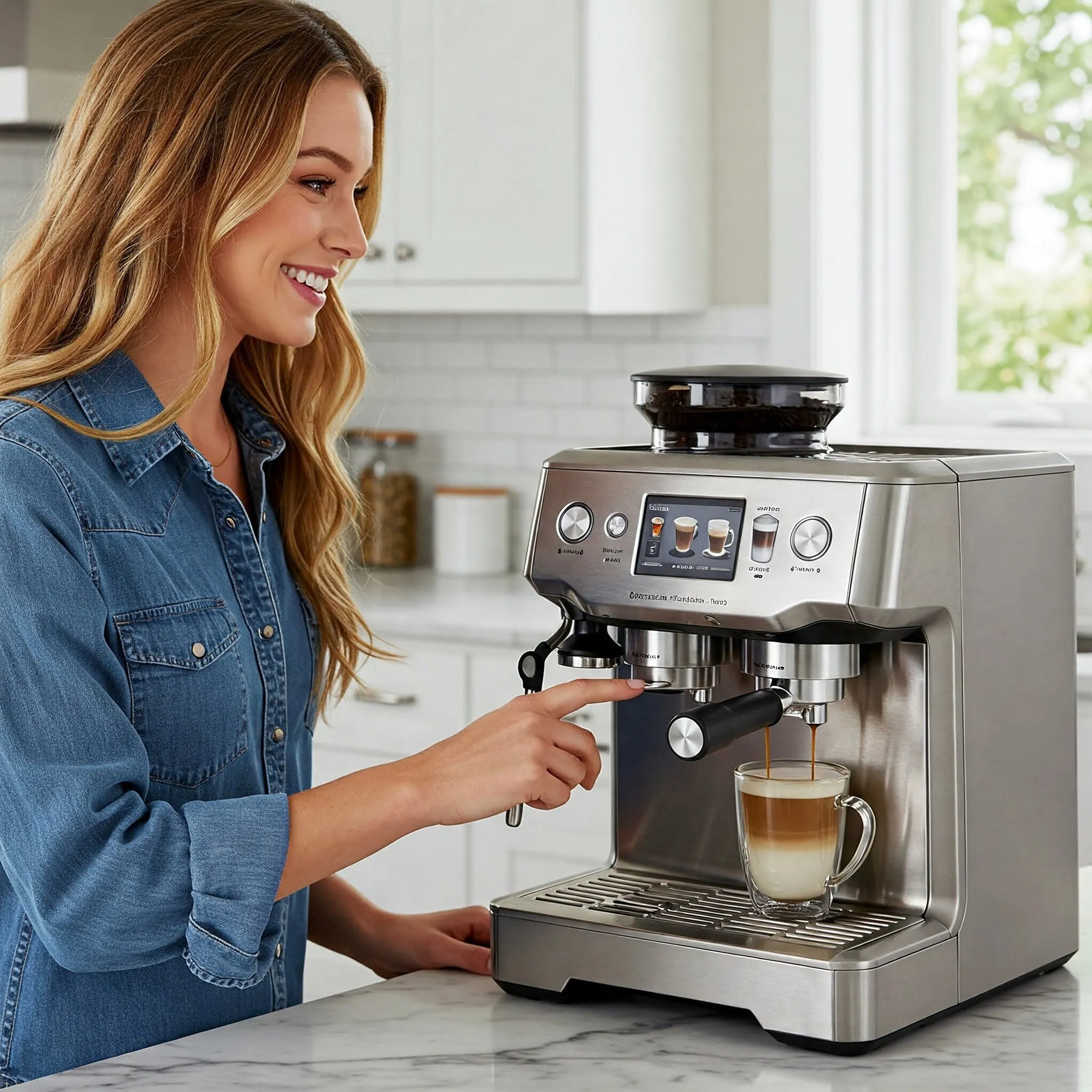
If you're looking for a machine that seamlessly blends technology-assisted convenience with the ability to refine your espresso-making skills using manual settings, the Breville Barista Touch is an excellent choice. Its well-organized touchscreen menus, coupled with built-in tutorials, an integrated grinder, and automatic milk frothing, empower even beginners to create café-quality drinks with confidence. And for more experienced users or those who enjoy a hands-on approach, the Barista Touch also offers advanced controls and manual operation. You'll also appreciate this machine's powerful steam wand and consistently good espresso shots, along with the helpful on-screen timers and customizable settings. However, this automation comes at a slight trade-off: the Barista Touch offers less granular control over your shots compared to our top pick, produces slightly less nuanced espresso, and features a non-standard portafilter that can make fine-tuning your extractions a bit more challenging.
Intuitive Touchscreen Interface: The touchscreen on the Barista Touch is far from a gimmick; it's a sophisticated, visually appealing, and remarkably user-friendly control center. The digital menu guides you through the fundamentals of making excellent espresso drinks, providing step-by-step troubleshooting for everything from grind adjustment to extraction and milk frothing. If you prefer a more automated experience, the machine offers factory presets for classic espresso beverages like lattes, cappuccinos, and more. However, you also have the flexibility to program and save your own custom drink specifications or operate the machine entirely manually.
Consistently Solid Shots: The espresso shots we pulled on the Barista Touch were consistently well-balanced with decent depth of flavor. Similar to the Breville Bambino Plus, this machine comes equipped with both dual-wall and single-wall filter baskets. Dual-wall filters, also known as pressurized baskets, force the espresso to exit through a single small hole in the center, ensuring adequate saturation of the coffee grounds. This design helps to mitigate inconsistencies caused by uneven grinding, old coffee, or an improper tamp. However, it doesn't quite capture the full body and complexity of flavors that can be achieved with a correctly dialed-in grind, dose, and tamp using a traditional single-wall basket. During our testing, we primarily used the single-wall basket to ensure the Barista Touch could indeed capture some of the subtle nuances that can be lost with dual-wall filters, and it performed admirably. The majority of shots produced with the Touch emphasized a pleasant cocoa-like mid-tone, often with a subtle, refreshing tartness. Depending on the coffee blend, some shots even exhibited brighter citrus or delicate blackberry notes. While flavorful, the espresso from the Barista Touch didn't quite reach the same level of complexity that we achieved with the Profitec Go and the Gaggia.
Portafilter Size Considerations: The portafilter on the Breville Barista Touch has a narrower and deeper design compared to most standard portafilters. This unique shape can make it slightly more difficult to properly dial in and extract a shot, as the water has to push through a thicker bed of coffee, potentially introducing more variability into each pull. Additionally, it can't accommodate larger coffee doses; we found that the double-filter basket barely held 15 grams, which is on the smaller side for a typical double shot of espresso.
Excellent Milk-Frothing Capabilities: The Barista Touch boasts a powerful steam wand capable of producing a wide range of milk textures, from super-dry froth to velvety microfoam. For automatic frothing, you simply place your milk pitcher on a temperature sensor located on the drip tray – although this placement can sometimes slightly unbalance the pitcher. Alternatively, you can opt for manual milk frothing, which works quite well, although you have slightly less control over the wand's positioning compared to our top pick. The steam wand also features a convenient auto-purge function, which helps to keep it clean after each use. The integrated temperature scale allows you to customize the milk temperature for various drinks, from cooler cortados to extra-hot lattes or even toddler-friendly warm beverages.
Decent Built-In Grinder: While we initially approached the Barista Touch's built-in grinder with some skepticism, it proved to be a handy feature that allowed us to achieve a grind quality comparable to that of standalone grinders like the Baratza Encore ESP and Sette 30 (although the grinders on the Oracle Jet and the Sette 270 were superior). Like the Oracle Jet, the grinder burrs in the Barista Touch are manufactured by Baratza, a company owned by Breville. A dial located on the side of the machine allows you to adjust the grind size, and we were able to find a very fine and generally consistent grind setting. However, the grinder lacks the micro-adjustments offered by the Oracle Jet's grinder, resulting in larger steps between each grind size setting.
Long-Term User Experience: One of our ClixNest staff members has been using the Breville Barista Touch at home since 2020 and offers valuable long-term insights: "I use this machine every single day. While I haven't explored all the available programs extensively, I absolutely love how easy it is to adjust all the settings using the touchscreen. Neither my partner nor I are hardcore espresso nerds, but this machine makes it incredibly easy to pull a decent shot even when we're still half-asleep. The machine occasionally prompts us to replace the water filter or descale it, which can be a little annoying to dismiss repeatedly until we get around to it, but it's probably the only reason I actually remember to descale the machine at all." He also notes that the first shot of the day tends to be a bit cooler and recommends running hot water through the group head for at least 8 seconds before attaching the portafilter and brewing. He also points out that the built-in grinder can be a bit messy: "This is likely true of any espresso grinder that grinds directly into the portafilter – you inevitably have to slightly overfill the basket, which means some grounds tend to go everywhere during grinding and tamping. It's something people should be aware of. We usually place a shallow bowl under the portafilter while grinding to catch the excess grounds; otherwise, be prepared to clean the drip tray frequently."
====================================================================
Budget-Friendly Excellence: Gaggia Classic Evo Pro
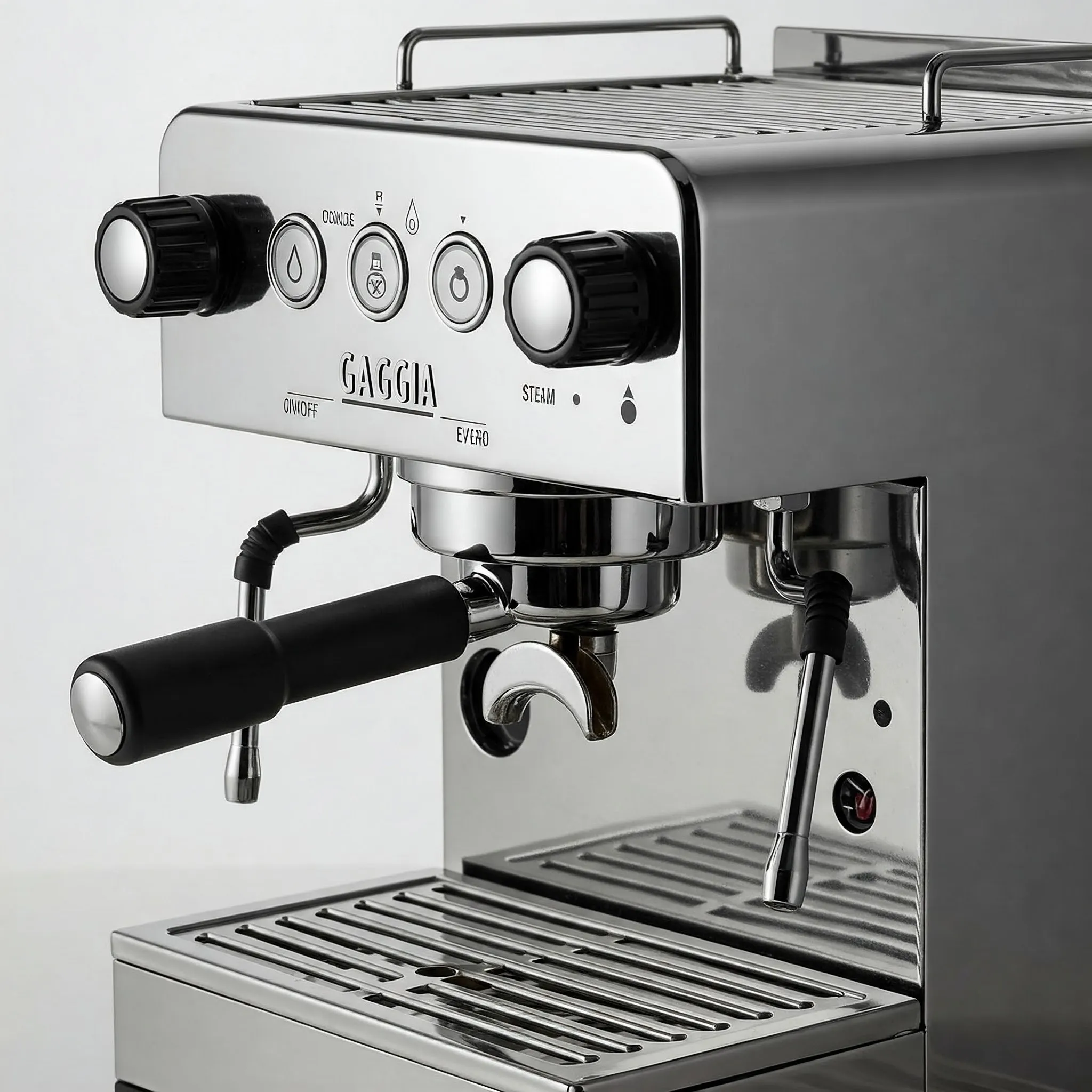
The Gaggia Classic Evo Pro stands out as one of the most affordable espresso machines in its performance category, allowing you (with a bit of skill and practice) to pull delicious, full-bodied, and complex espresso shots without breaking the bank. It's a no-frills machine that prioritizes the quality of the espresso above all else, making it an excellent choice for budding coffee enthusiasts who want to satisfy their palates without sacrificing their budget.
High-Quality Shots on a Budget: The Gaggia Classic Pro was the only machine in its price range that consistently produced balanced espresso shots with the depth of flavor we typically expect from much more expensive models. Our taste tests revealed shots that showcased notes of rich dark chocolate and bright citrus from the coffee beans, exhibiting a similar wave of flavor complexity as the shots produced by our top pick, the Profitec Go. However, it's important to note that the Gaggia Classic Pro does not have a PID controller, which means that maintaining shot consistency can be slightly more challenging if you're pulling several shots back-to-back.
Essential Tamper Upgrade: The tamper that comes included with the Gaggia Classic Pro is a flimsy piece of plastic that doesn't adequately cover the entire width of the filter basket. This can negatively impact the even extraction of your espresso shot. To truly unlock the Gaggia's potential for producing complex and flavorful shots, we strongly recommend investing in a higher-quality tamper. During our testing, we found the LuxHaus 58mm Espresso Tamper and the Normcore V4 58.5mm Coffee Tamper to be effective upgrades. If you often struggle with achieving an even tamp, you might prefer the spring-loaded, self-leveling design of the Normcore.
Straightforward Controls: The Gaggia Classic Pro features a remarkably simple control panel with just an on/off button, a button for espresso brewing, and a button for steam wand operation. Indicator lights located beneath each button illuminate when that specific function is ready for use, making the machine incredibly easy to understand and operate.
Quick Brewing Readiness: After turning on the Gaggia Classic Pro, it takes only about a minute for it to reach the optimal temperature for brewing espresso. While allowing the machine a bit more time to fully warm up will likely yield even better results, you can certainly get a good espresso in a hurry if needed. The transition time between pulling a shot and using the steam wand is also impressively short, requiring only about 30 seconds.
Steam Wand Requires Practice: While capable, the steam wand on the Gaggia Classic Pro is not particularly powerful. This can make it a bit difficult to generate enough air to properly move the milk around and create a good vortex. Its power is similar to that of the steam wand on the Profitec Go, but unlike the Profitec, the Gaggia's steam wand cannot be easily adjusted to a comfortable angle for holding your milk pitcher, which can make achieving your desired milk texture a bit more challenging. However, with some practice and familiarization with the angle and power, you can indeed create silky microfoam.
No Included Steam Pitcher: Similar to most non-Breville espresso machines, the Gaggia Classic Pro does not come with a steam pitcher. We recommend purchasing an inexpensive one with a simple, functional design.
Top-Filling Water Tank: Unlike the other models we tested, the Gaggia Classic Pro's water tank is located underneath the boiler, rather than behind it. The tank is filled via a chamber at the top of the machine. Reinserting the tank after cleaning can be a little awkward – you need to carefully place the plastic tubes that channel water to the boiler back inside the tank while also being mindful of the potentially hot group head if you've recently brewed a shot.
====================================================================
Upgrade Pick: Breville Oracle Jet - Automated Barista at Your Fingertips

The Breville Oracle Jet represents the pinnacle of home espresso convenience, essentially offering an espresso machine and a countertop barista rolled into one sleek and gleaming package. We consider it a significantly enhanced version of the Barista Touch, boasting a superior built-in grinder, more comprehensive guidance, a more effective portafilter design, a slightly improved steam wand, and the added convenience of an automatic tamper. It's as close to a super-automatic machine as you can get while still retaining the core elements of a semi-automatic espresso maker.
No Prior Espresso Knowledge Required: The Oracle Jet is designed to guide you through every single step of the espresso-making process, from the initial machine setup to the precise adjustments needed to ensure a perfectly extracted shot. During the setup phase, the large, clear screen displays an interactive diagram of the machine, allowing you to easily learn the function of each component and how to use it effectively. This essentially provides a comprehensive introduction to the basics of an espresso machine. When you're making your first drink, the machine walks you through each step with helpful supplemental video clips demonstrating the correct techniques. As you pull your first shot, the Oracle Jet displays the extraction progress on its screen and provides feedback on whether the shot was over- or under-extracted based on the extraction time. It then intelligently recommends which grind size to select on the grinder before your next attempt. Following the machine's guidance, we were able to achieve a balanced shot in just two tries. Of course, if you already possess a solid understanding of how to dial in an espresso shot and know what the ideal extraction should look like for your chosen beans, you can certainly disregard the machine's guided dialing (which can be easily turned off in the settings) and rely on your own judgment. However, this feature is an incredibly valuable tool for beginners and will undoubtedly steer them in the right direction.
Limited Manual Experimentation: Unlike all of our other recommended machines, the Oracle Jet does not allow you to manually set your coffee dose. The machine automatically doses the coffee based on the size of your chosen filter basket. While you can adjust the tamp height, which indirectly influences the dose size, it's not a precise method. Additionally, unlike our top pick, you cannot adjust the brewing pressure – although we believe this is a feature that most home users won't typically need to adjust anyway. You do, however, still have the ability to change the brewing temperature to fine-tune your espresso.
Automatic Tamping Convenience: Achieving a consistent and even tamp can be a challenge for new espresso drinkers (and can even cause wrist strain for experienced baristas). With the Breville Oracle Jet, the tamping step is completely automated, eliminating this potential point of error. After locking your portafilter into the grinding outlet, the machine automatically grinds, doses, and tamps the coffee for you, all without any messy stray grounds ending up on your countertop. It's almost like magic – you insert an empty filter basket, and out comes a perfectly smooth and level espresso puck. The consistency of the automatic tamper allows you to focus on other crucial aspects of dialing in your shot, ultimately leading you to a balanced and delicious cup of espresso much faster.
High-Quality Built-In Grinder: Similar to the Barista Touch, the grinder integrated into the Oracle Jet utilizes burrs manufactured by Baratza, the same renowned company behind our recommendations for standalone espresso grinders and our top pick for coffee grinders in general (Baratza is owned by Breville). The Oracle Jet offers an impressive 45 distinct grind-size settings, providing even more granular adjustment than the popular Baratza Sette 30. The grounds produced by the Oracle Jet exhibit a consistent particle size, and the finest setting produces grounds virtually identical to the finest setting on the Baratza Sette 270 (although this level of fineness is likely finer than most users will ever need).
Thoughtful Ease-of-Use Features: Several small but significant features contribute to the overall ease of use of the Oracle Jet. A small lever located underneath the drip tray allows you to raise the 27-pound machine onto a set of hidden wheels, making it surprisingly easy to move around your countertop with minimal effort. While the water tank is removable, it's positioned at the back of the machine, which can become slightly inconvenient to reach around or swivel the entire machine when you need to refill it. To address this, a small port located above the touchscreen provides the option to conveniently fill the water tank from the front.
Comprehensive Accessory Package: True to Breville's reputation, the Oracle Jet comes with a generous selection of accessories, including a high-quality stainless steel milk pitcher, as well as both single-wall one-cup and two-cup filter baskets. It also includes a knock box, a sturdy container that allows you to quickly and cleanly dispose of spent coffee pucks by knocking your portafilter against its bar. The knock box is a thoughtful addition that streamlines the cleanup process. The Oracle Jet also includes a standard 58mm portafilter, which is wider and shallower than the portafilters included with the Barista Touch and the Bambino Plus, promoting a more balanced espresso extraction.
Cold Espresso Capability: We were pleasantly surprised by the Oracle Jet's dedicated cold-espresso setting. It only took about 20 seconds longer to brew than a regular shot, and the resulting espresso was noticeably cool (though not ice-cold). The flavor was balanced, although slightly more watery than a traditionally brewed shot. If you frequently enjoy cooler espresso drinks or need cooled-down espresso for culinary applications like cooking or baking, this can be a handy feature. The machine's cold-brew setting, however, was less impressive. It produced a mug of lukewarm coffee (around 95 degrees Fahrenheit) that tasted somewhat like an Americano that had been left out for too long. But if you simply want a slightly cooler drink and prefer not to add ice to your Americano, it does serve that purpose.
Upgraded Steam Wand Performance: Like the Barista Touch and the Bambino Plus, the Oracle Jet boasts excellent automatic milk-frothing functions with a wide range of texture and temperature options to choose from. However, it also excels at frothing non-dairy milks, offering dedicated programs specifically designed for soy, almond, and oat milk. Unlike the Barista Touch, the temperature gauge on the Oracle Jet is integrated into the tip of the steam wand, eliminating the need to balance the milk pitcher on top of a separate sensor. While the machine can effortlessly create glossy microfoam for you, mastering the art of latte art pouring still remains your responsibility.
Significant Price Investment: The $2,000 price tag of the Breville Oracle Jet is undoubtedly a substantial investment. For a single-boiler machine, we would typically hesitate at such a cost. However, with the Oracle Jet, you truly feel like you're getting your money's worth – the entire user experience is remarkably smooth and utterly undemanding. The high-quality built-in grinder alone would likely cost several hundred dollars if purchased separately. Furthermore, the machine's guided dialing-in process saves you considerable time, mental energy, and potentially wasted coffee beans.
====================================================================
Other Notable Espresso Machines Worth Exploring
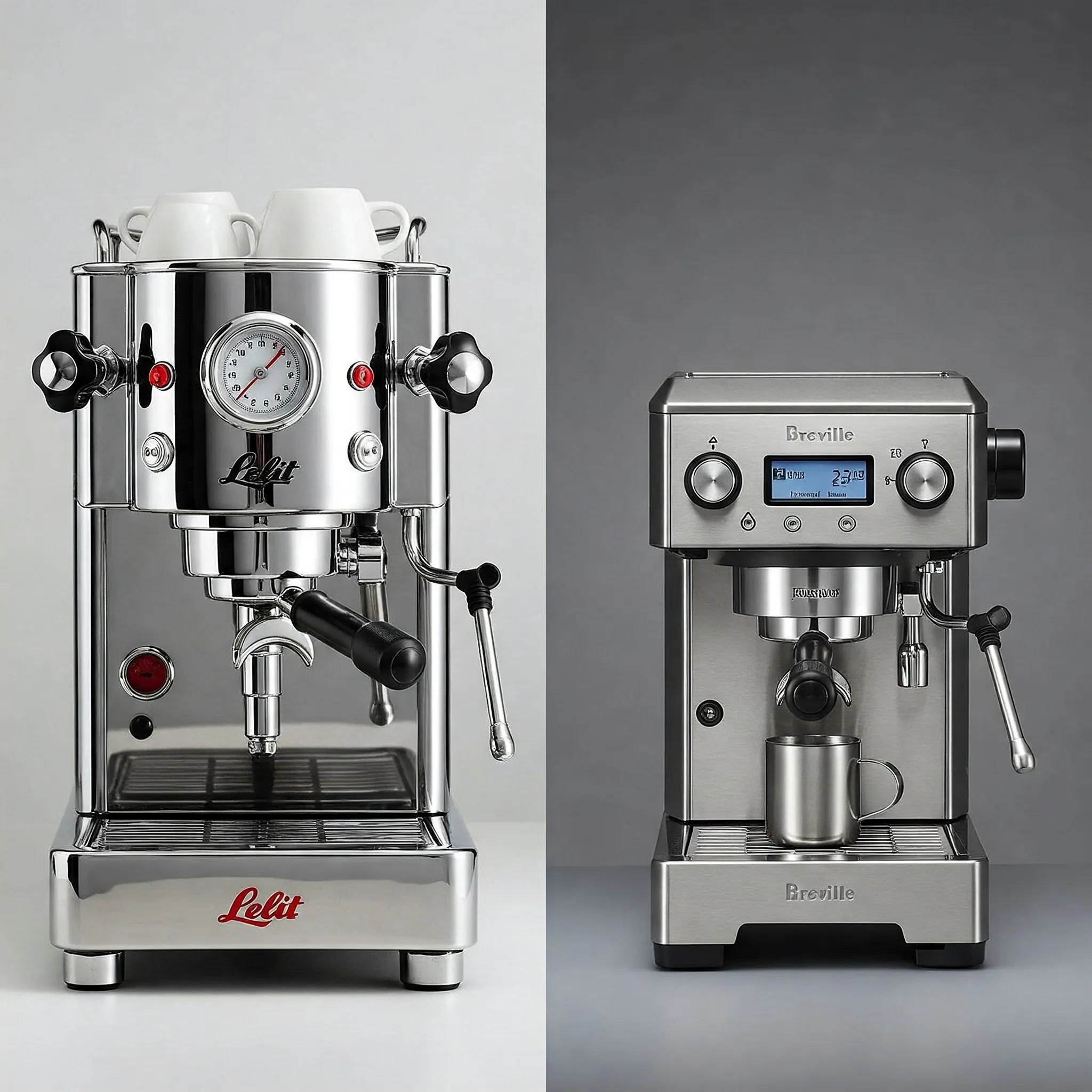
While the Profitec Go, Breville Barista Touch, Gaggia Classic Evo Pro, and Breville Oracle Jet represent our top recommendations, there are other compelling espresso machines worth considering depending on your specific needs and preferences:
If You're Willing to Pay for a Luxe Feel: The Lelit Mara X is a stunning machine that exudes the look and feel of a commercial-grade espresso maker. We would describe it as the sports car of single-boiler espresso machines. The included tamper fits perfectly in your hand and has a satisfying weight to it – it was one of the best included tampers among all the machines we tested. Featuring a lever mechanism for pulling shots and a beautifully curved, double-spouted portafilter that allows you to watch your espresso extraction in progress, the Lelit Mara X offers a truly premium experience.
If You Want Some Automation at a Lower Price: The Breville Bambino Plus offers a more automated experience at a lower price point than some of our top picks. While we didn't delve deeply into it in our main recommendations, it's worth considering if you prioritize ease of use and speed.
====================================================================
Selecting the Perfect Grinder for Your Espresso Journey

While some espresso machines come equipped with built-in grinders, for those who opt for a machine without one or desire a higher level of control and consistency, choosing a dedicated espresso grinder is a crucial decision. The quality of your espresso is significantly influenced by the consistency and fineness of your coffee grounds. A good grinder will produce uniform particles, ensuring an even extraction and maximizing the flavor potential of your beans.
When selecting an espresso grinder, consider the following factors:
- Burr Type: Burr grinders, as opposed to blade grinders, are essential for espresso. Burr grinders crush the coffee beans between two abrasive surfaces, resulting in a consistent particle size. Look for grinders with conical or flat burrs, preferably made of steel or ceramic for durability and performance. Many reputable espresso machine manufacturers, such as Breville (in their Oracle Jet and Barista Touch models) and standalone grinder brands like Baratza, utilize high-quality Baratza burrs in their grinders.
- Grind Adjustment: The ability to make precise adjustments to the grind size is critical for dialing in your espresso. Look for grinders with a wide range of grind settings, allowing you to fine-tune for different coffee beans and desired extraction times.
- Dosing Mechanism: Consider how the grinder dispenses the coffee. Some grinders dispense directly into the portafilter, while others have a separate dosing chamber. Direct-to-portafilter grinding is generally preferred for freshness.
- Budget: Espresso grinders can range in price from a few hundred dollars to well over a thousand. Determine your budget and research grinders within that range that meet your needs.
- Noise Level: Some grinders can be quite loud. If noise is a concern, look for models that are known for their quieter operation.
Based on our testing and general recommendations for coffee grinders, the Baratza Sette 270 is an excellent choice for espresso. We found its consistency and adjustability to be top-notch. Other noteworthy options from Baratza include the reliable Baratza Encore ESP, offering a good balance of performance and affordability, and the more budget-friendly Baratza Encore. The Baratza Sette 30 is another option to consider, though our testing indicated the Sette 270 offers a superior grind. If you opt for a Breville Oracle Jet or Barista Touch, you'll benefit from their integrated grinders, which utilize high-quality Baratza burrs.
====================================================================
How the Competition Stacks Up
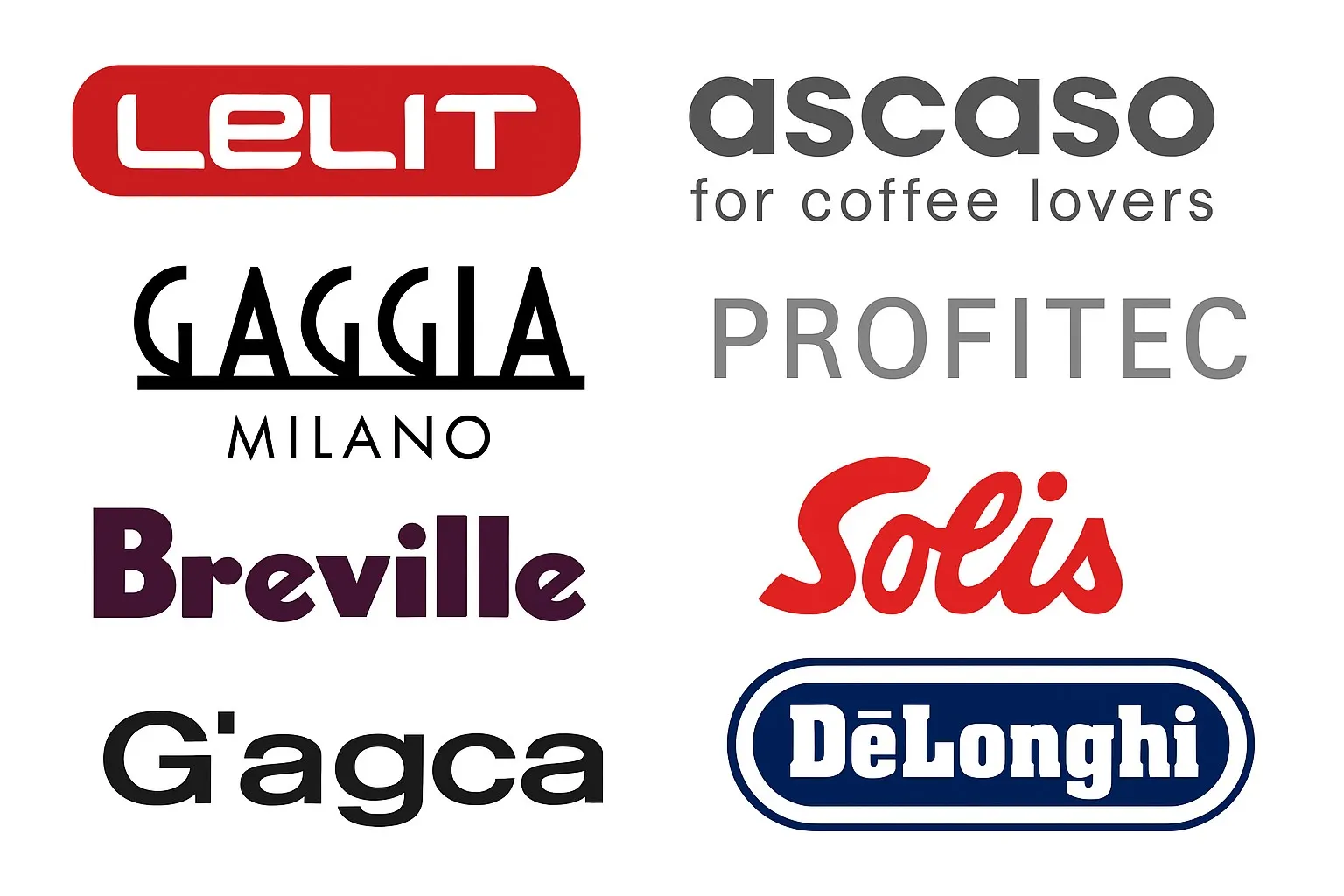
The home espresso machine market is quite competitive, with numerous brands and models vying for the attention of coffee enthusiasts. While our top picks represent what we believe to be the best options in their respective categories, several other brands and models offer compelling alternatives.
In the realm of semi-automatic espresso machines, you'll find strong contenders such as the Lelit Anna PL41TEM, known for its quality build and performance. The Ascaso Dream PID stands out with its stylish design and precise temperature control. As mentioned, the Gaggia Classic Evo Pro itself is a popular competitor in the budget-friendly category. Our top pick, the Profitec Go, also faces competition from other well-regarded single-boiler machines.
Within Breville's extensive lineup, beyond the Barista Touch and Oracle Jet, you'll find models like the Breville Barista Pro, offering an integrated grinder and a streamlined interface. The more compact Breville Bambino and Bambino Plus provide quicker heat-up times and ease of use. The popular Breville Barista Express integrates a grinder and offers a good balance of features. The Breville Duo-Temp Pro is another option for those seeking a user-friendly machine.
Other brands also offer compelling choices. The Solis Barista Perfetta is known for its sleek design and ease of operation. For those looking at more budget-friendly options, the De'Longhi Dedica offers a slim and compact design, while the Gaggia Carezza Deluxe provides a range of features for its price point.
This list is not exhaustive, and there are many other brands and models available, each with its own strengths and weaknesses. When making your decision, it's crucial to research and compare machines based on your individual needs, budget, and desired level of control over the espresso-making process.
====================================================================
Our Reliable Sources

Our recommendations are based on extensive hands-on testing and the expertise of our experienced team. We also consulted various online resources, including reputable coffee blogs, manufacturer specifications, and user reviews, to gain a comprehensive understanding of the available options and the experiences of other home baristas.
====================================================================
Final Thoughts on Your Home Espresso Adventure
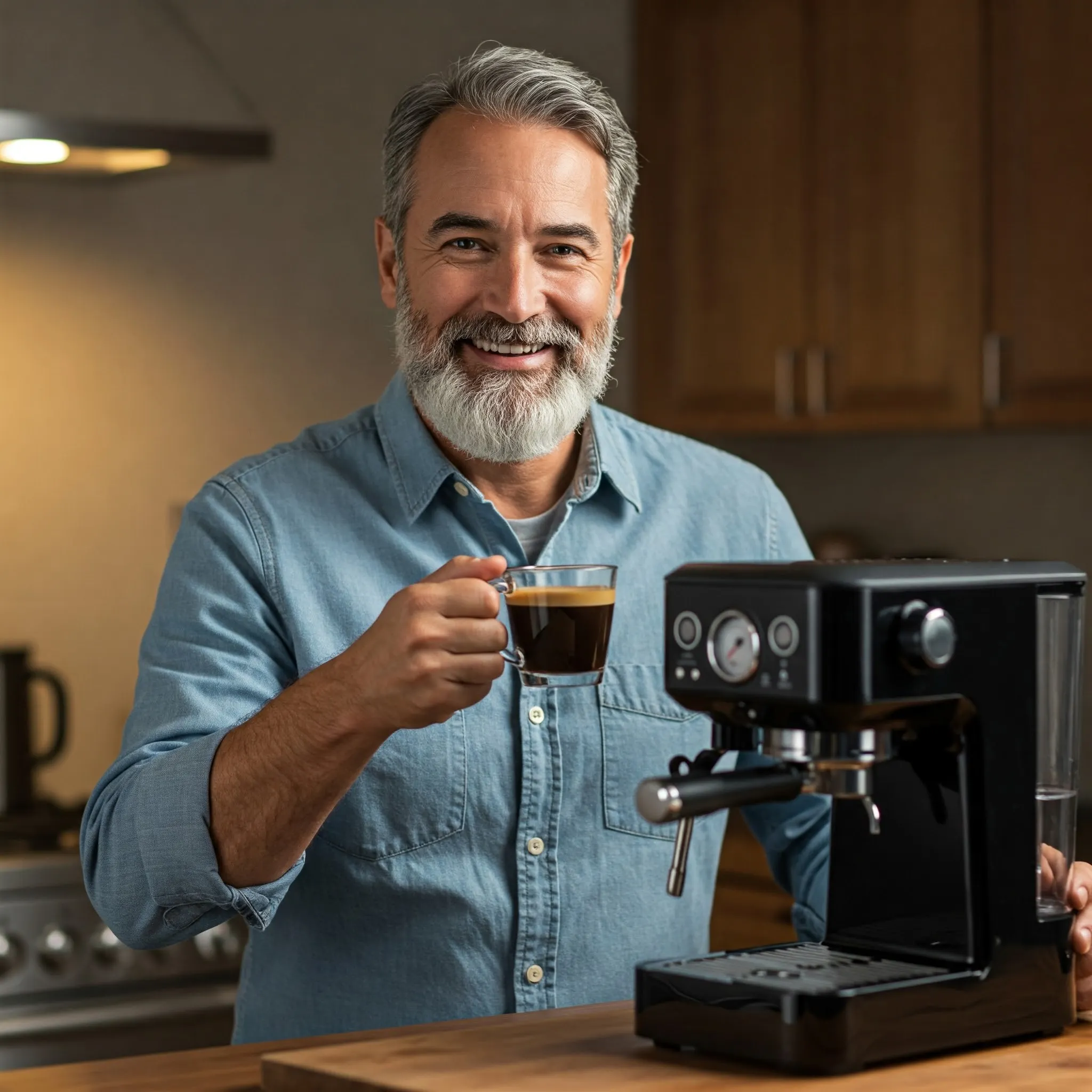
Investing in a home espresso machine is an investment in your daily ritual and your enjoyment of exceptional coffee. While the initial cost might seem significant, the ability to create café-quality drinks in the comfort of your own home, whenever you desire, quickly proves its worth. We believe that our top picks offer a range of options to suit different needs and budgets, empowering you to embark on a rewarding journey of espresso exploration and mastery. Whether you choose the all-around excellence of the Profitec Go, the convenient customization of the Breville Barista Touch, the budget-friendly prowess of the Gaggia Classic Evo Pro, or the automated barista experience of the Breville Oracle Jet, we're confident that you'll be enjoying delicious, homemade espresso for years to come.
====================================================================
Key Takeaways for Choosing Your Ideal Machine
- Profitec Go: The best overall choice for its exceptional espresso quality, ease of use, and robust build, suitable for both beginners and experienced enthusiasts.
- Breville Barista Touch: Ideal for beginners who appreciate guided assistance and automation, while still offering manual controls for those who want to experiment.
- Gaggia Classic Evo Pro: The top budget pick, delivering impressive espresso quality for its price, perfect for budding coffee geeks willing to learn the nuances of espresso making.
- Breville Oracle Jet: The ultimate upgrade option, providing a near super-automatic experience with comprehensive guidance and automated features, making it incredibly easy to brew excellent espresso.
- Consider a dedicated grinder: For machines without a built-in grinder, investing in a quality burr grinder like the Baratza Sette 270 or Baratza Encore ESP will significantly improve your espresso quality.
- Evaluate your needs and budget: Carefully consider your experience level, desired level of automation, and budget when making your final decision.








